A Massive Task
The engineers knew that draining one of the world’s most powerful waterfalls would be an enormous task but one that had to be done. They had to come up against Mother Nature to achieve this. But what would they find?
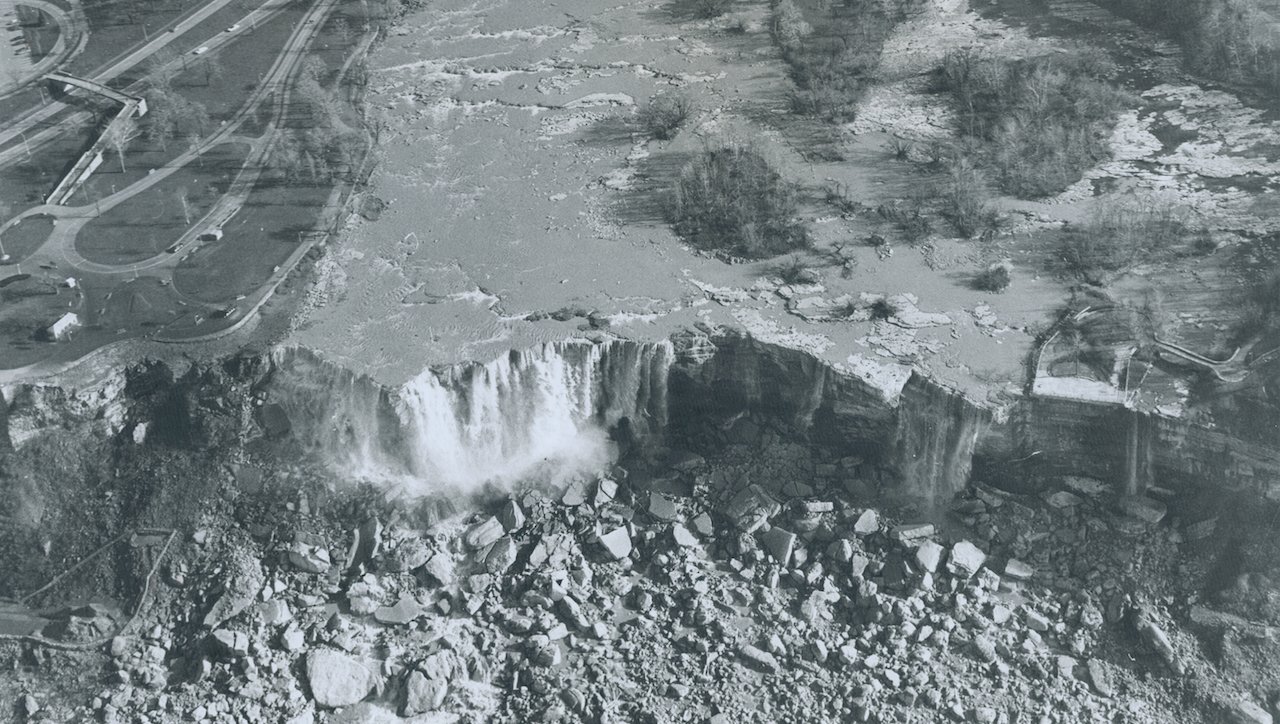
A Massive Task
Source Of Tourism
The Niagara Falls lies on the border between the United States and Canada and it attracts millions of tourists from across the world every year. This has been so for many, many years. Would there be a decline in tourism while they drained the Falls?

Source Of Tourism
Back To The Beginning
No one knows exactly when the Falls were formed but it is believed to go back over 18,000 years. Advancing ice sheets formed North America, and once the ice melted, a cascade of water began to flow into the Niagara River, hence forming the Falls.
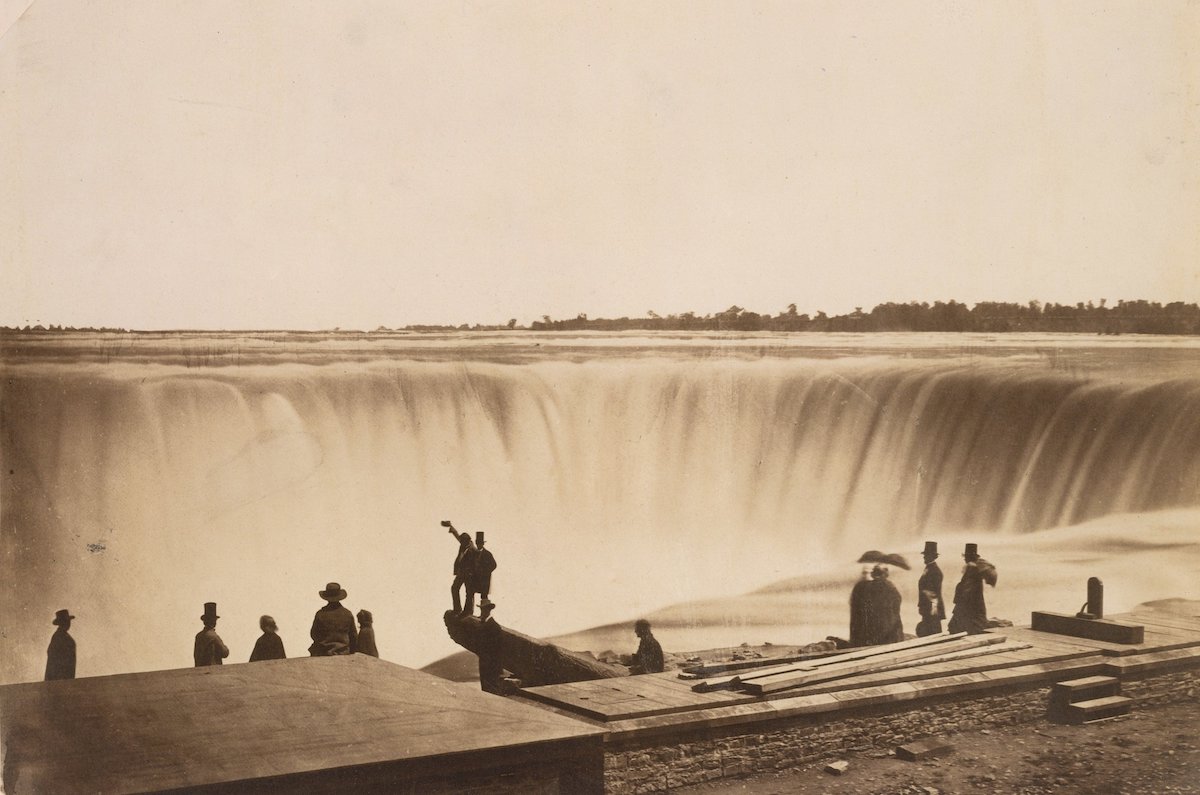
Back To The Beginning
Early Explorers
Samuel de Champlain, a French explorer had heard about this great waterfall in the 17th century, but its existence was only recorded in 1678 by a priest named Father Louis Hennepin. Niagara derives from “onguiaahra,” an Iroquoian word meaning “the strait.”
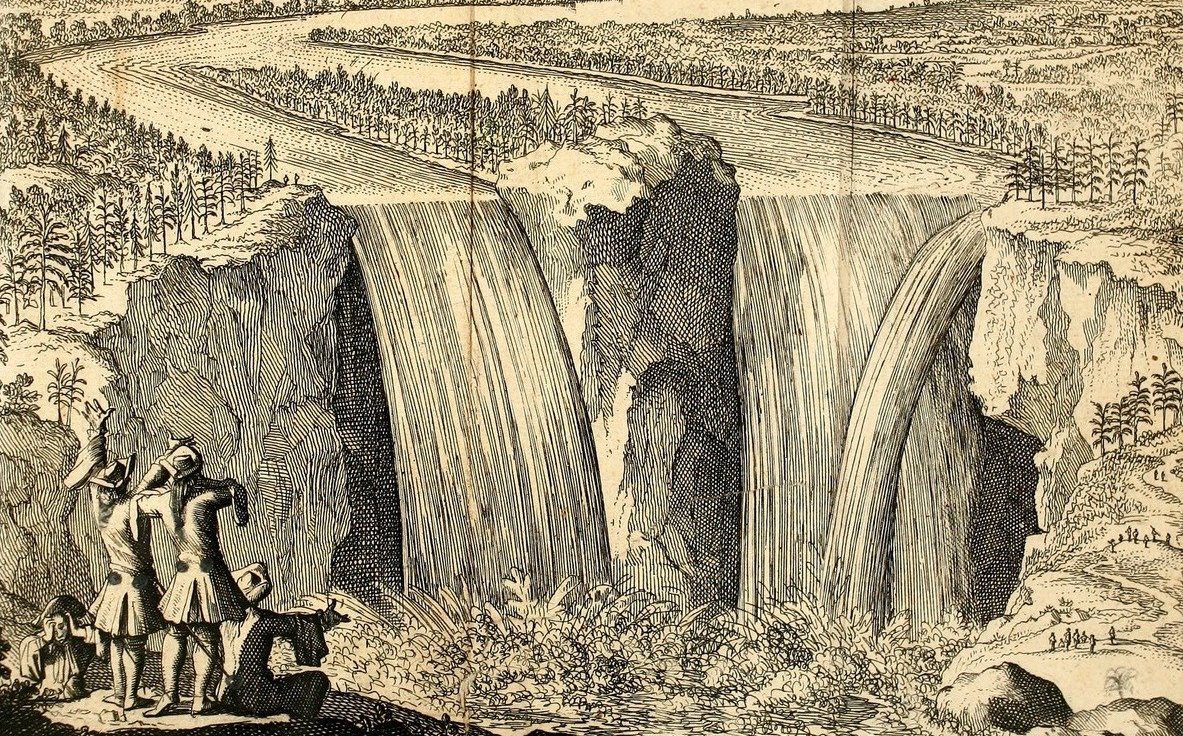
Early Explorers
Becoming A Tourist Destination
Niagara Falls became a tourist attraction in the 1800s. Hotel owners benefited from what Niagara Falls had to offer. Industrialists did too when they realized that they could harness the force of the torrent to power up the mills and factories.
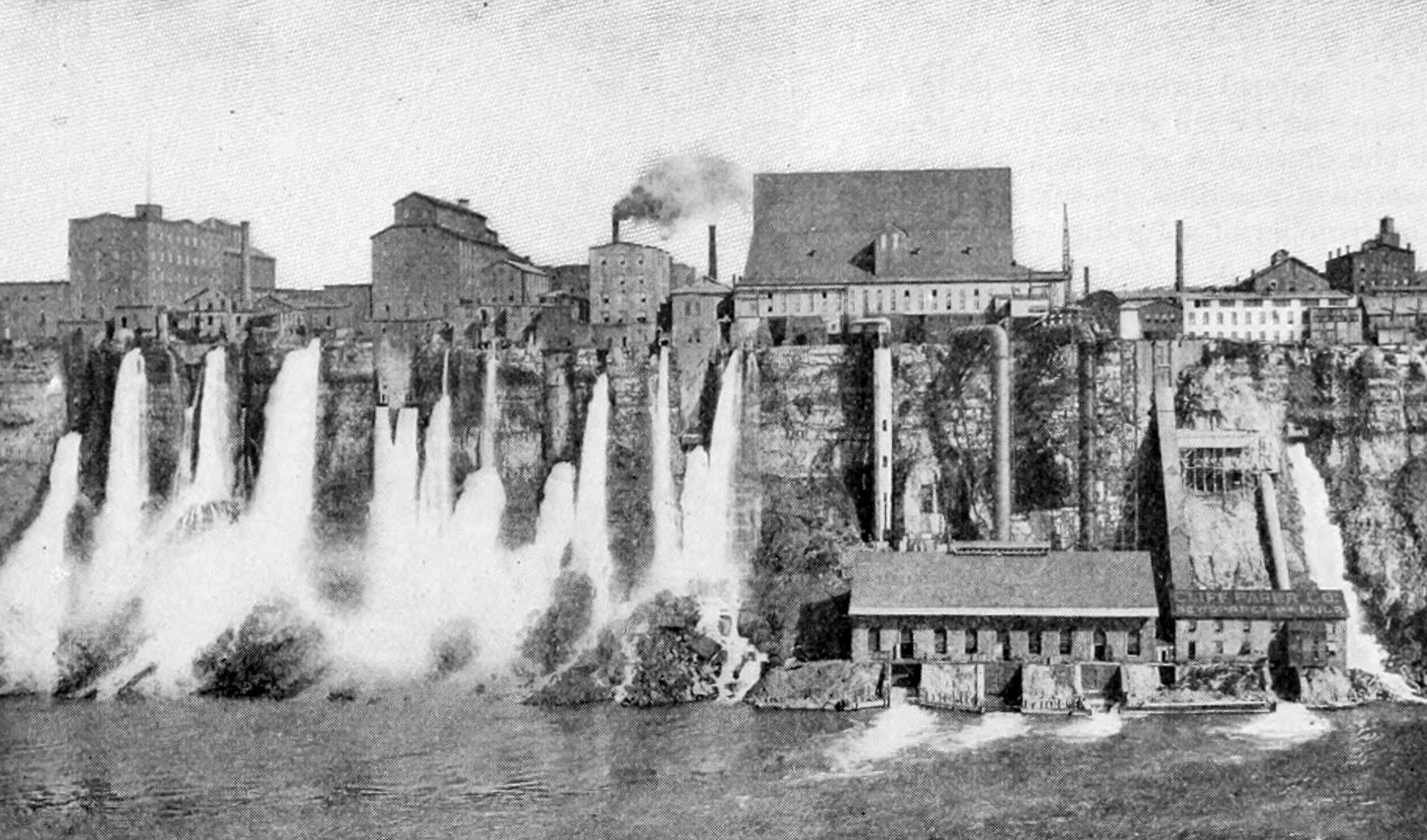
Becoming A Tourist Destination
First Of Its Kind
In 1895 the first hydroelectric generating station was built and it was the first worldwide. At first, it could only carry electricity approximately 300 feet. But in 1896, using alternating current, Nikolas Tesla was able to divert power all the way to Buffalo, New York, over 20 miles away.

First Of Its Kind
Making History
Tesla, the famous inverter, made history when he invented the alternating current induction motor, which was used to carry electricity using hydroelectricity. Today, Niagara Falls can produce 2.4 million kilowatts of power. The entire world now uses his model to create electricity from water.
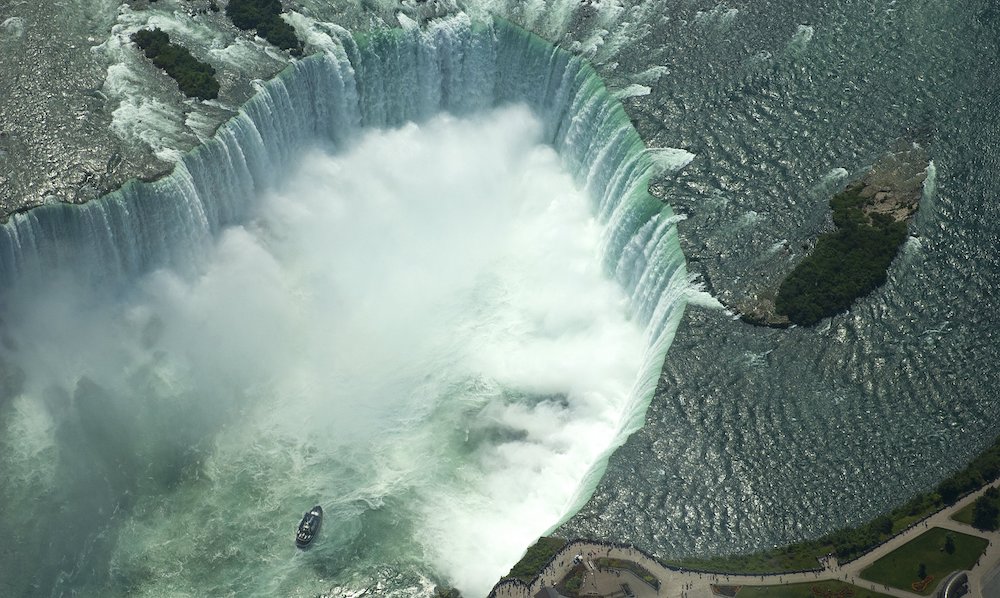
Making History
Decreasing Water Flow
During the day, water cascades down at an unbelievable rate of six million cubic feet per minute. However, this amount decreases at night. This is due to a treaty signed in 1950 that states that companies can divert its flow into their power plants at night.
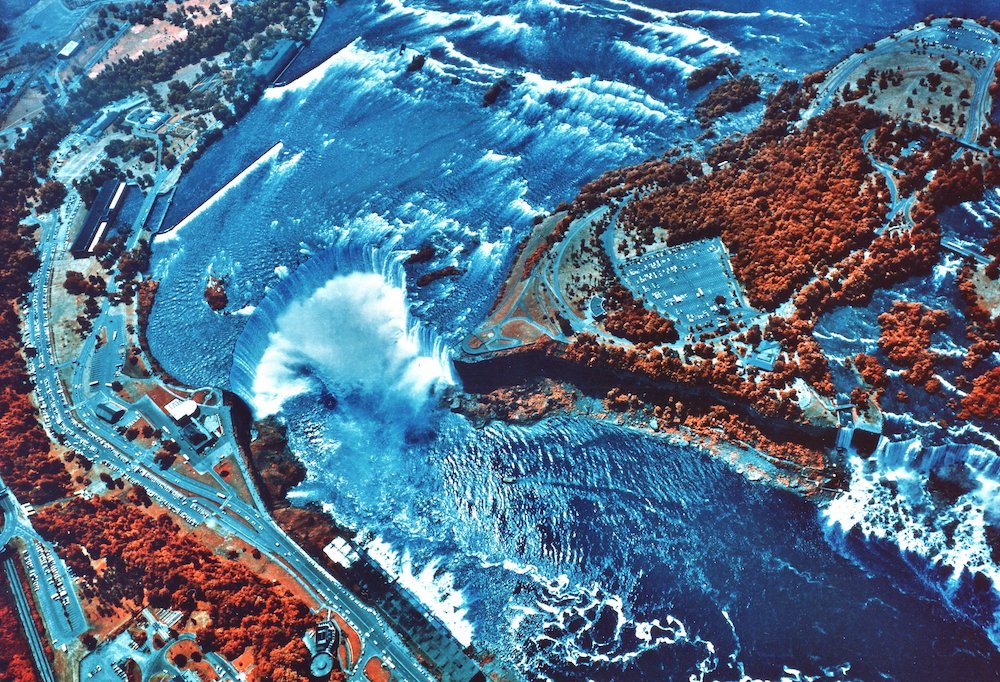
Decreasing Water Flow
Never Ending Flow
Experts say that the flow of water tumbling down Niagara Falls never stops. Even when temperatures drop to freezing point and parts of the Falls freeze, a large quantity of water still cataracts over the edge. Some of the water even evaporates before reaching the basin.
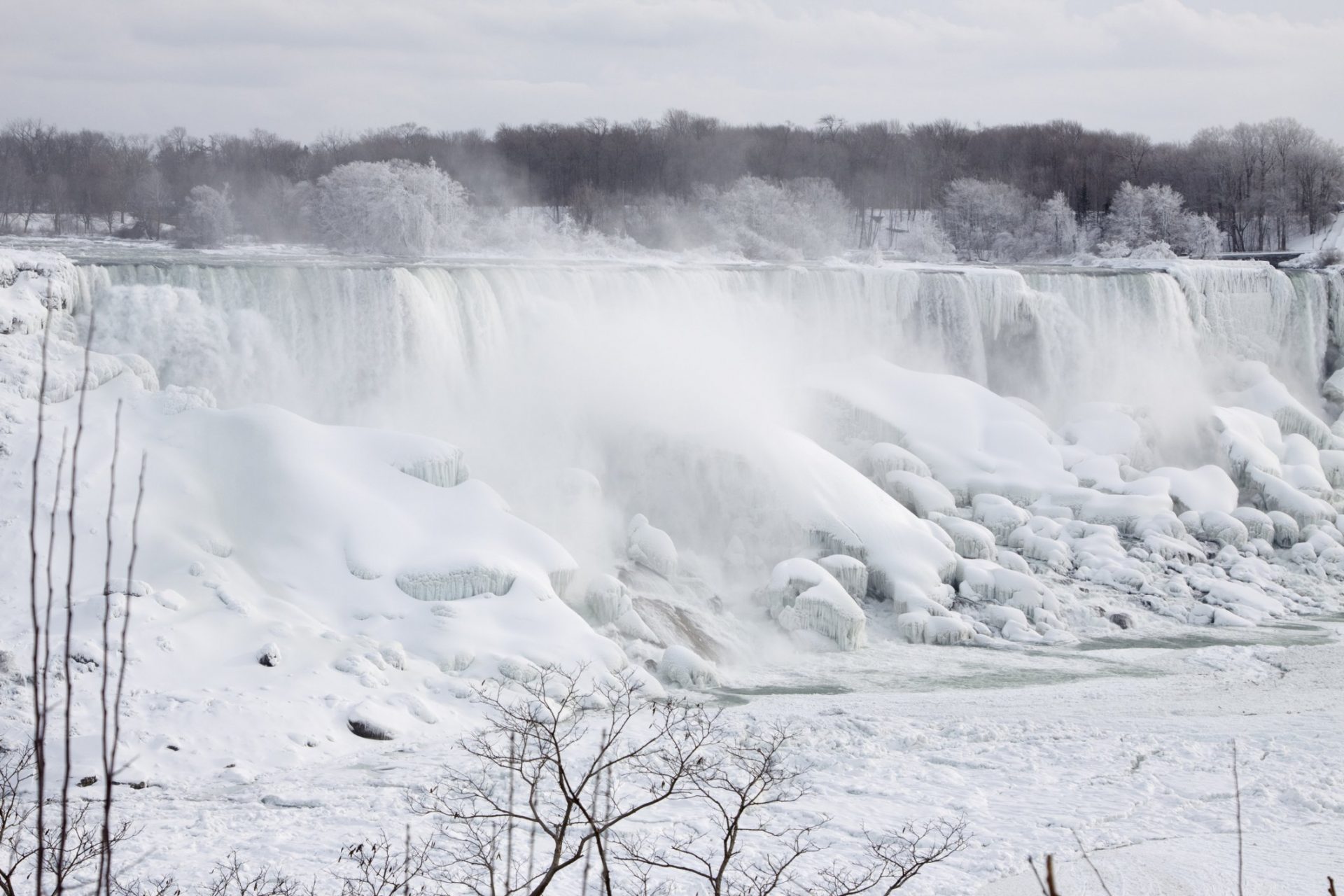
Never Ending Flow
Grounding To A Halt
There was a time in history where it was ground to a halt because of the rocks that accumulated at its base. Well, at least part of it was. Niagara Falls is made up of three waterfalls namely, Horseshoe Falls, Bridal Veil Falls, and American Falls.
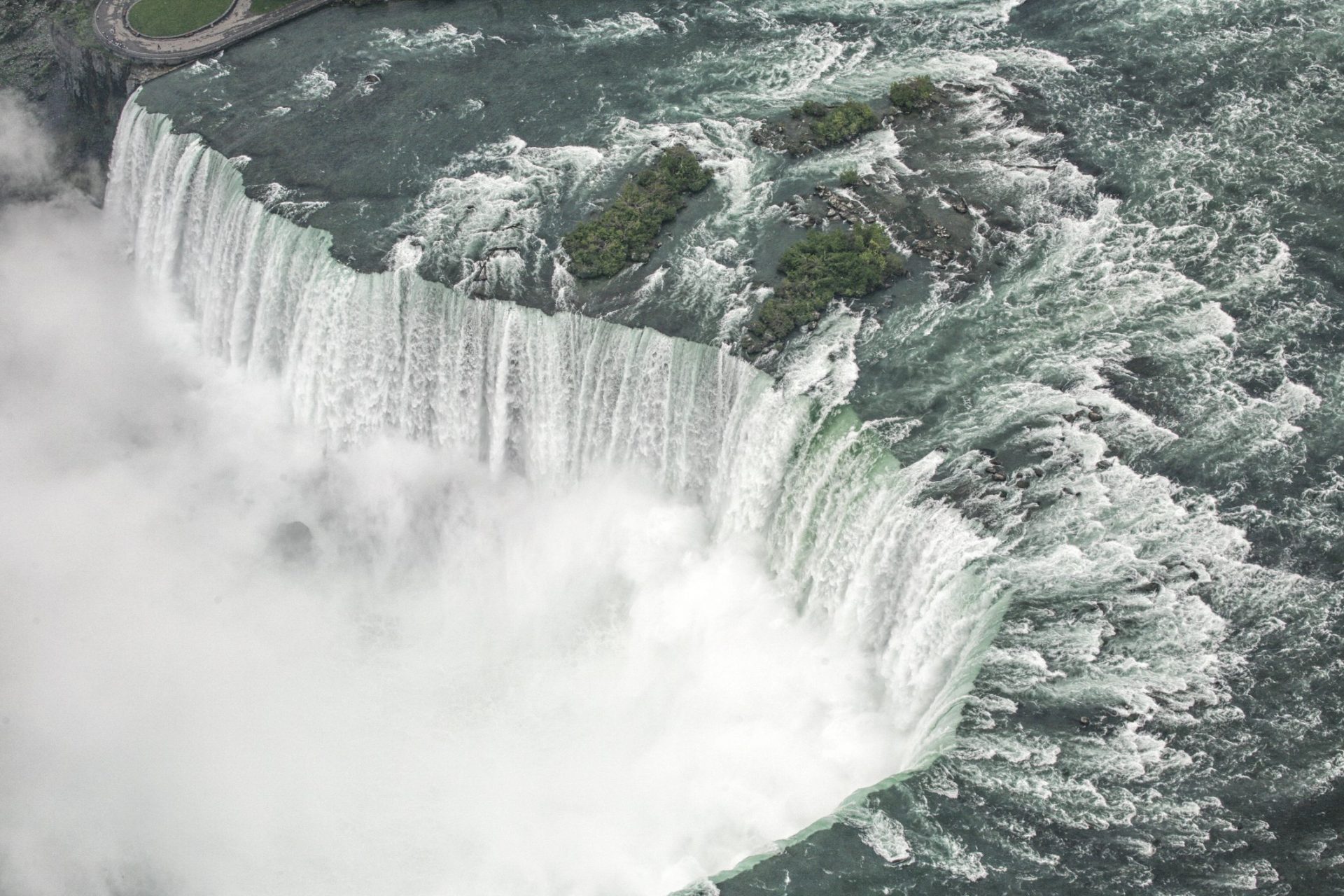
Grounding To A Halt
Concerned Citizens
In 1965, the citizens living in Niagara Falls, New York were concerned that the deposit of talus was negatively affecting the charm of the Falls. An article was published in the Niagara Falls Gazette newspaper stating that the Falls may soon be eradicated because of erosion.
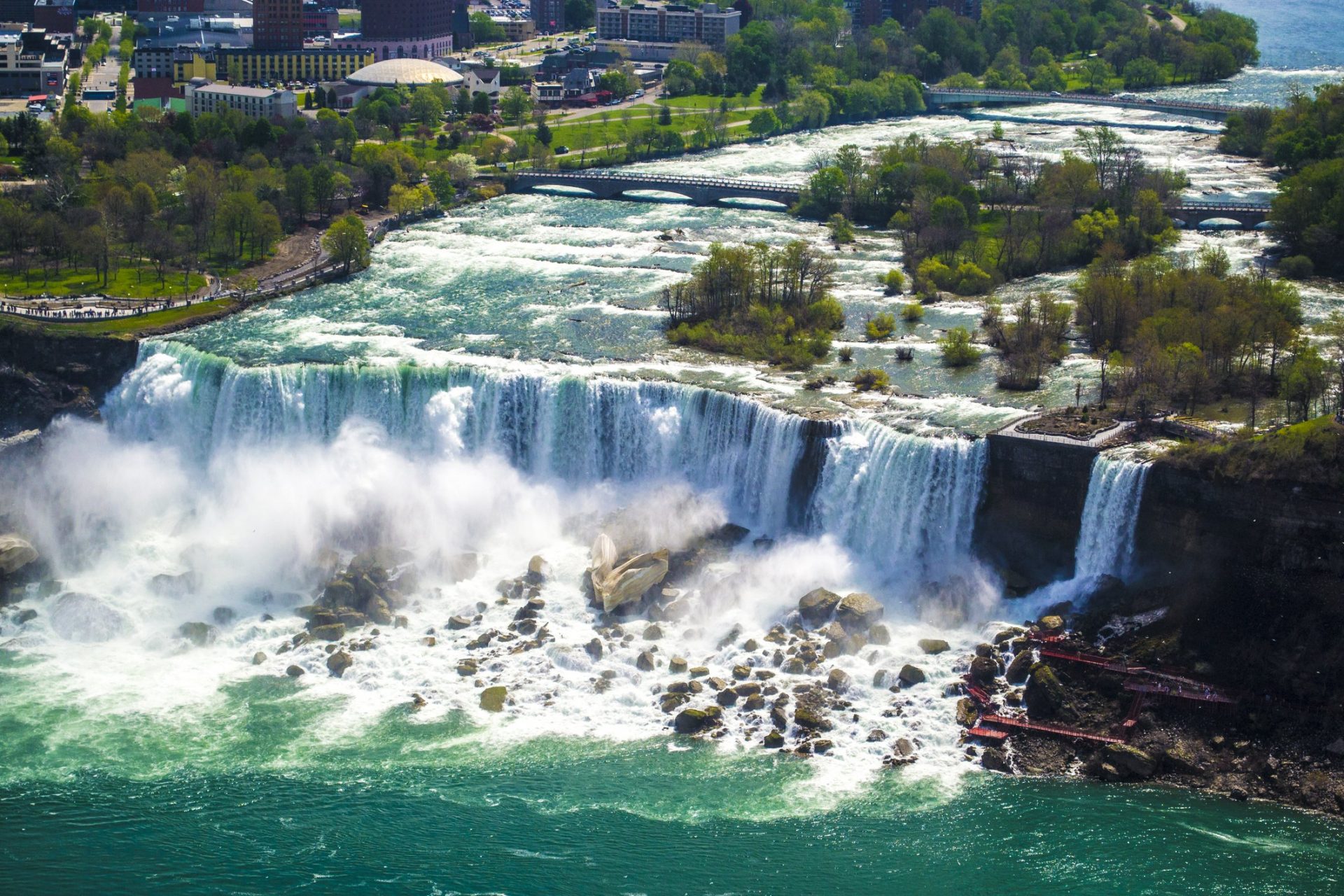
Concerned Citizens
Campaign To Save The Falls
That’s when both American and Canadian authorities began a campaign to save Niagara Falls. They turned to the IJC, which is the International Joint Commission, to examine regulations regarding shared waters. In the meantime, they launched a temporary operation to eliminate any detritus.

Campaign To Save The Falls
Deflecting The Water Elsewhere
For this to work, they had to first deflect the water over the American Falls. The plan was then put into action on November 13, 1966. They had to push the gates of the International Water Control Dam wide open to allow the current in.
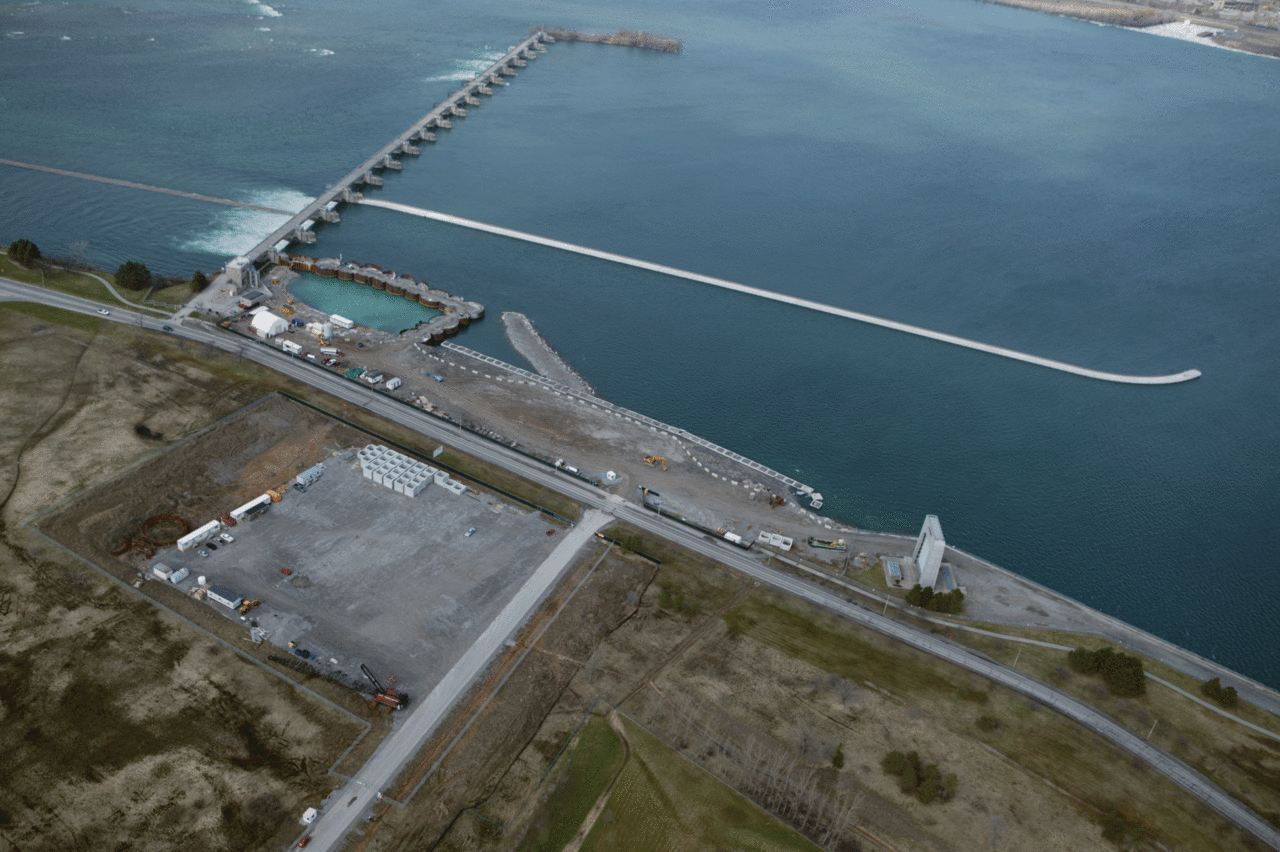
Deflecting The Water Elsewhere
Pushed Into Overdrive
Not only was the Dam pushed into overdrive, but the hydro generating stations were at complete capacity too. The water flowing over the falls was reduced to 15,000 gallons per second instead of its usual 60,000. Workers began clearing debris as the river receded.
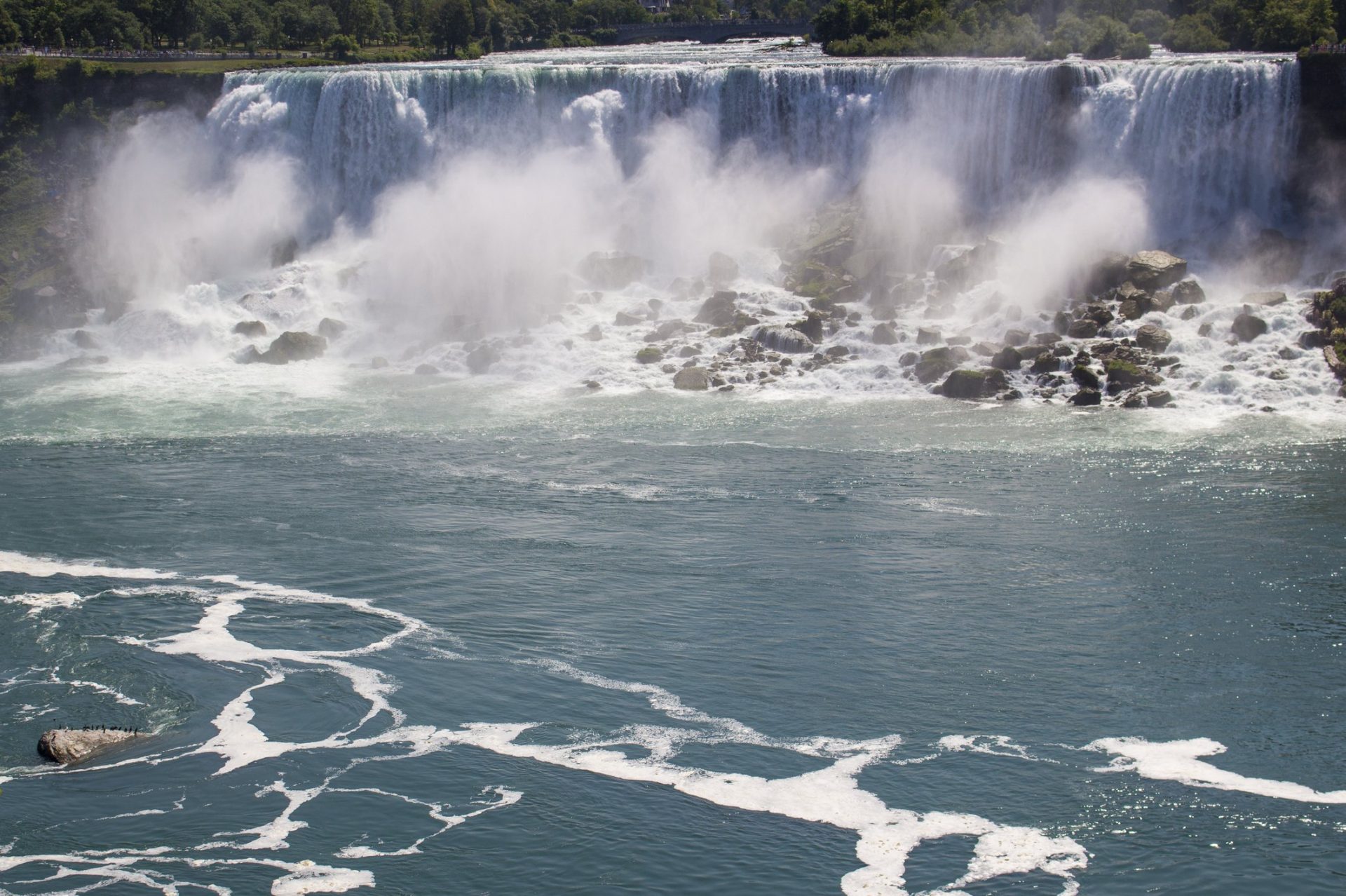
Pushed Into Overdrive
Grabbed The Opportunity
The U.S. Army Corps of Engineers (USACE) grabbed this opportunity to examine the exposed river bed and took aerial photographs to devise a long-term plan to preserve Niagara Falls. However, work came to a halt six hours later when the river flow returned to normal.
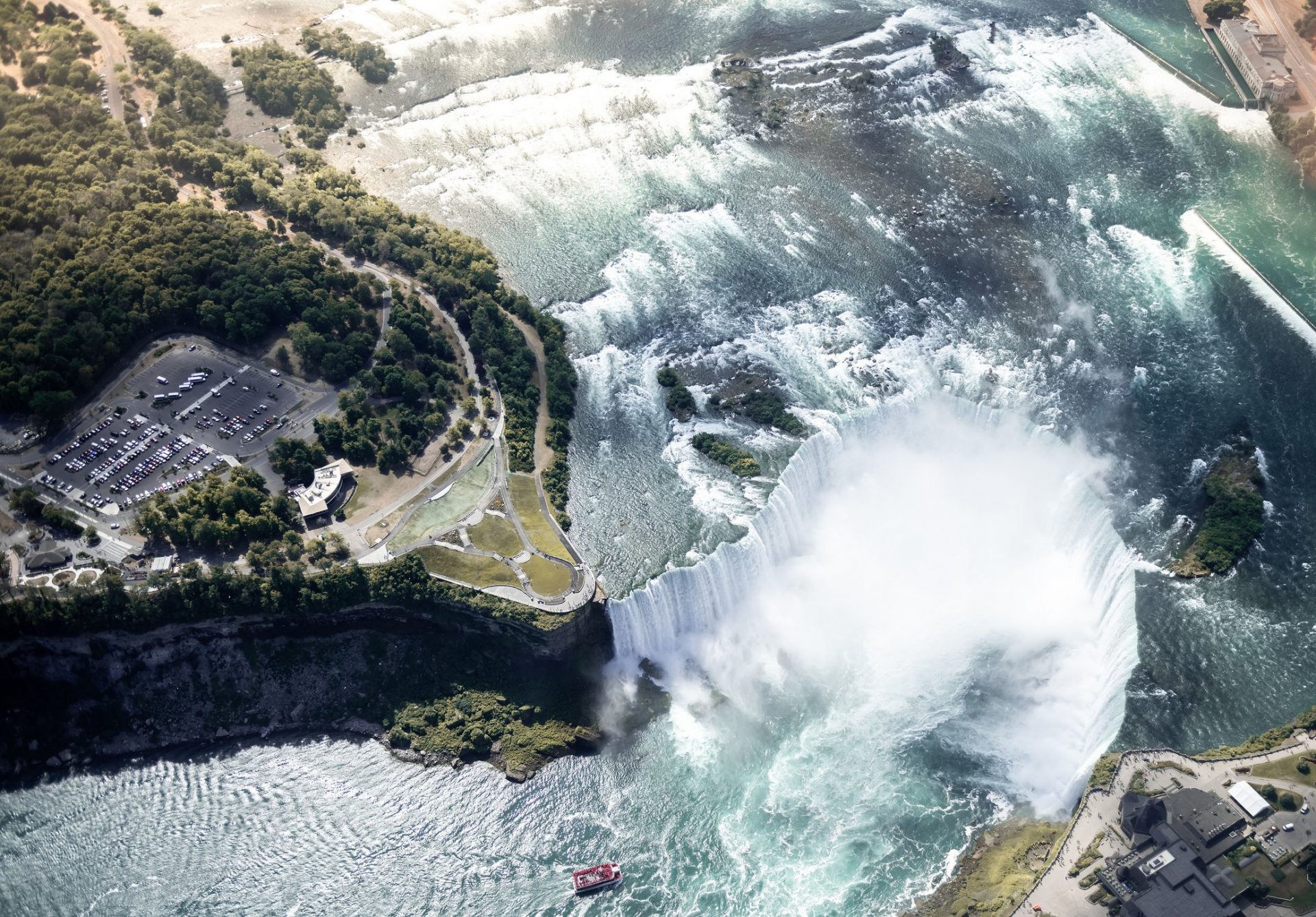
Grabbed The Opportunity
Laying A Foundation
This short exercise lay a foundation for work carried out at a later stage. Two years later, the American Falls International Board was initiated by the IJC. They came to the conclusion that the only way to solve the erosion issue was to completely drain the Falls.

Laying A Foundation
Drastic Measures
In order to successfully dewater the Falls completely, drastic measures had to be taken. So a group of engineers from USACE devised a plan to construct a cofferdam, which is a temporary structure that would completely block the water flow.
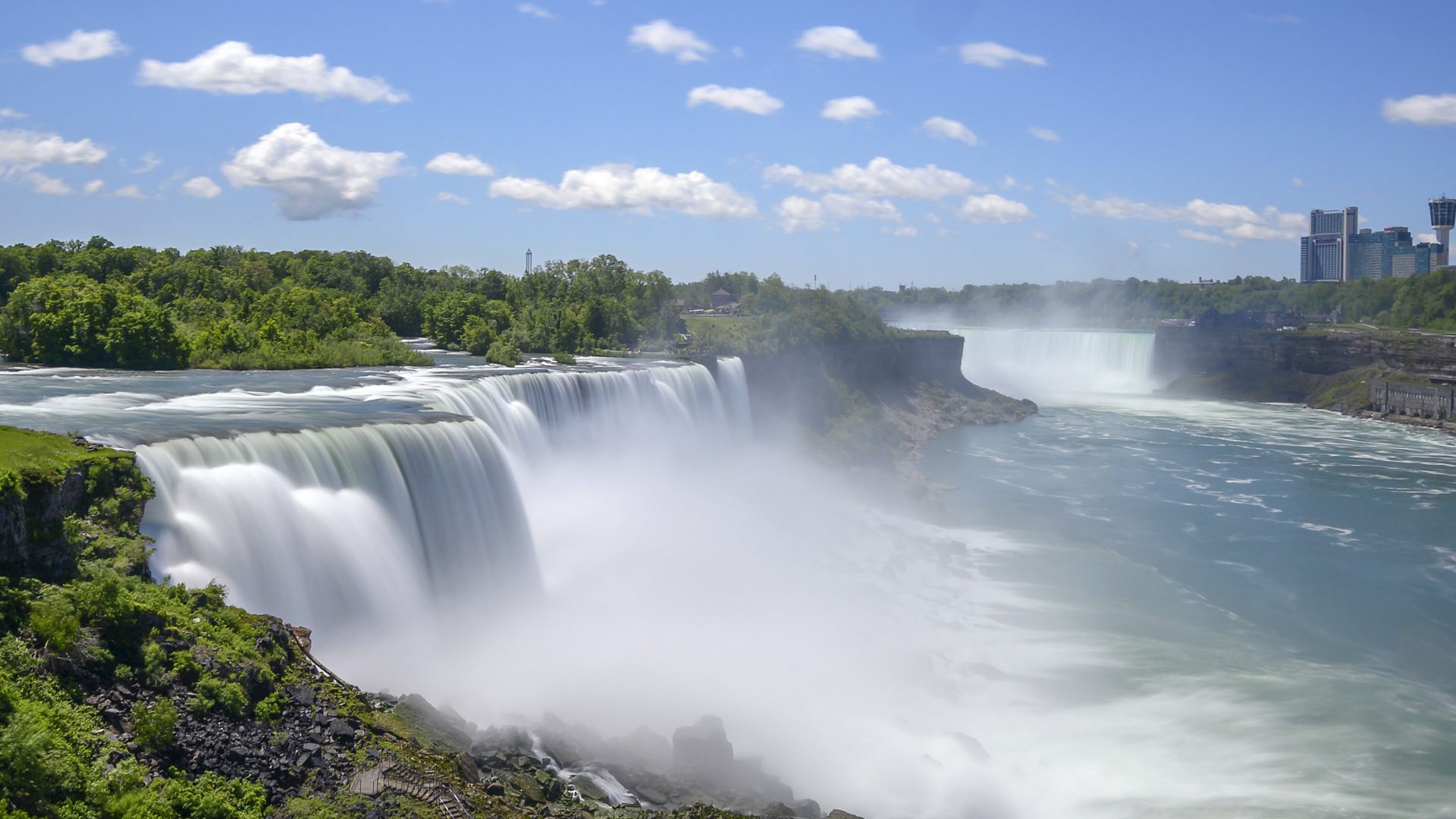
Drastic Measures
A Different Approach
A cofferdam is usually built inside bodies of water when they want to dry out a specific section. Engineers had to take a different approach when it came to Niagara Falls. This cofferdam would be a 600-foot barrier that stretched across the current.
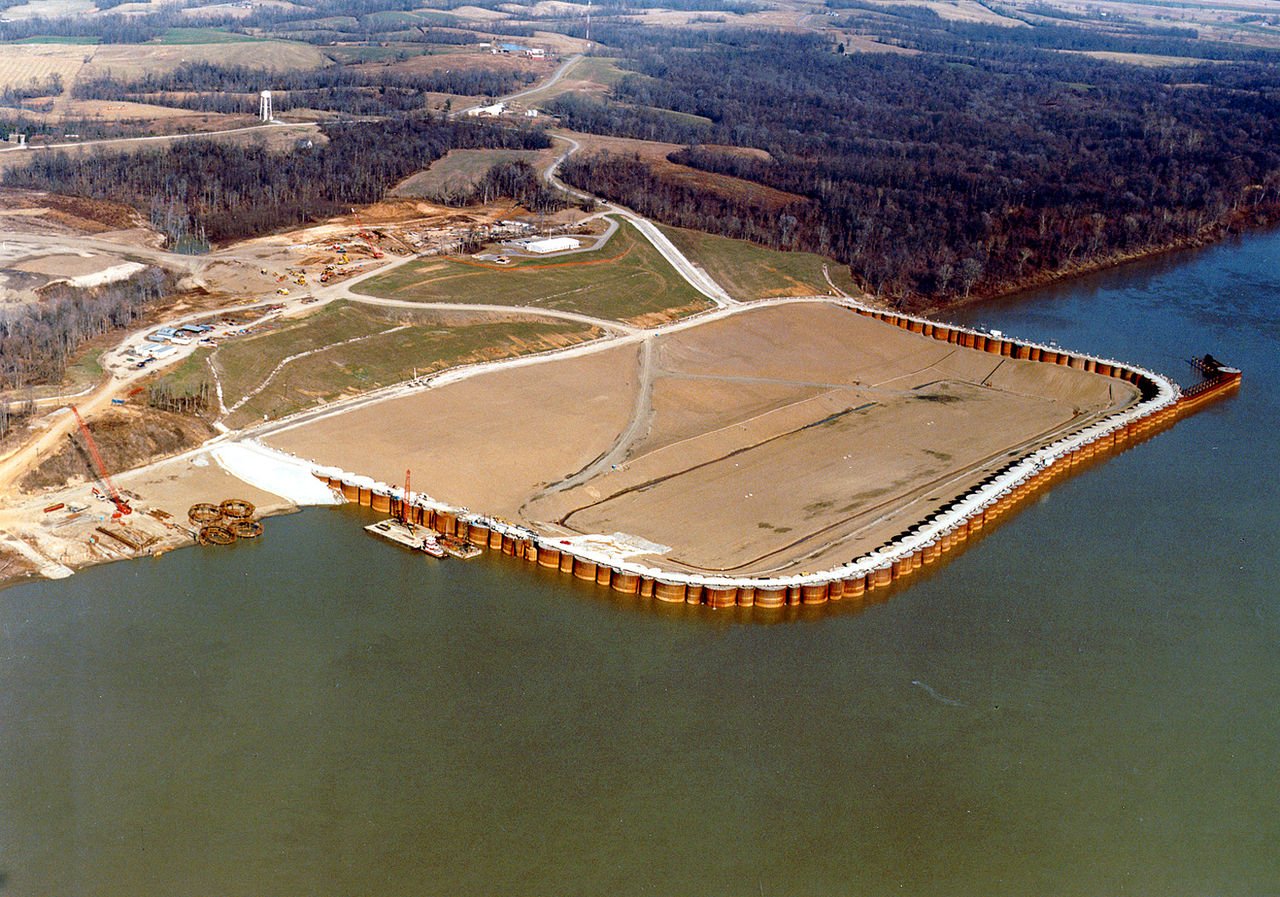
A Different Approach
A Huge Project
Albert Elia Construction was contracted to build this cofferdam. Included in their fee of $500,000 was the task of scouring the riverbed once exposed and removing all loose rocks from the surface of the falls and installing a sprinkler system between the rocks.
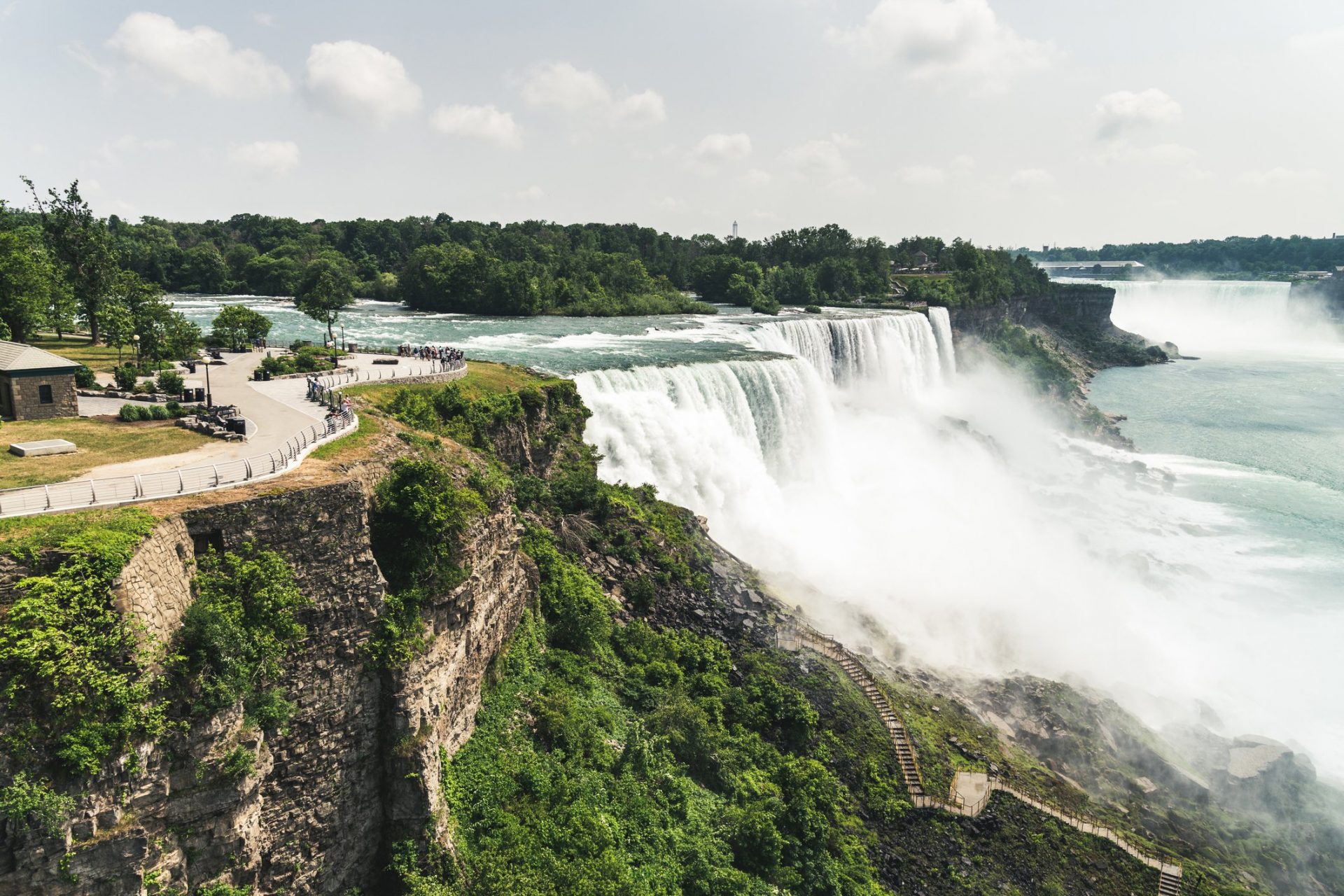
A Huge Project
Getting Started
Finally, on June 9, 1969, work began to carry out this mammoth task. They installed a lifeline across the river connecting the mainland to Goat island as a safety net. A total of almost 28,000 tons of earth and rocks was relocated upstream of the cataract.
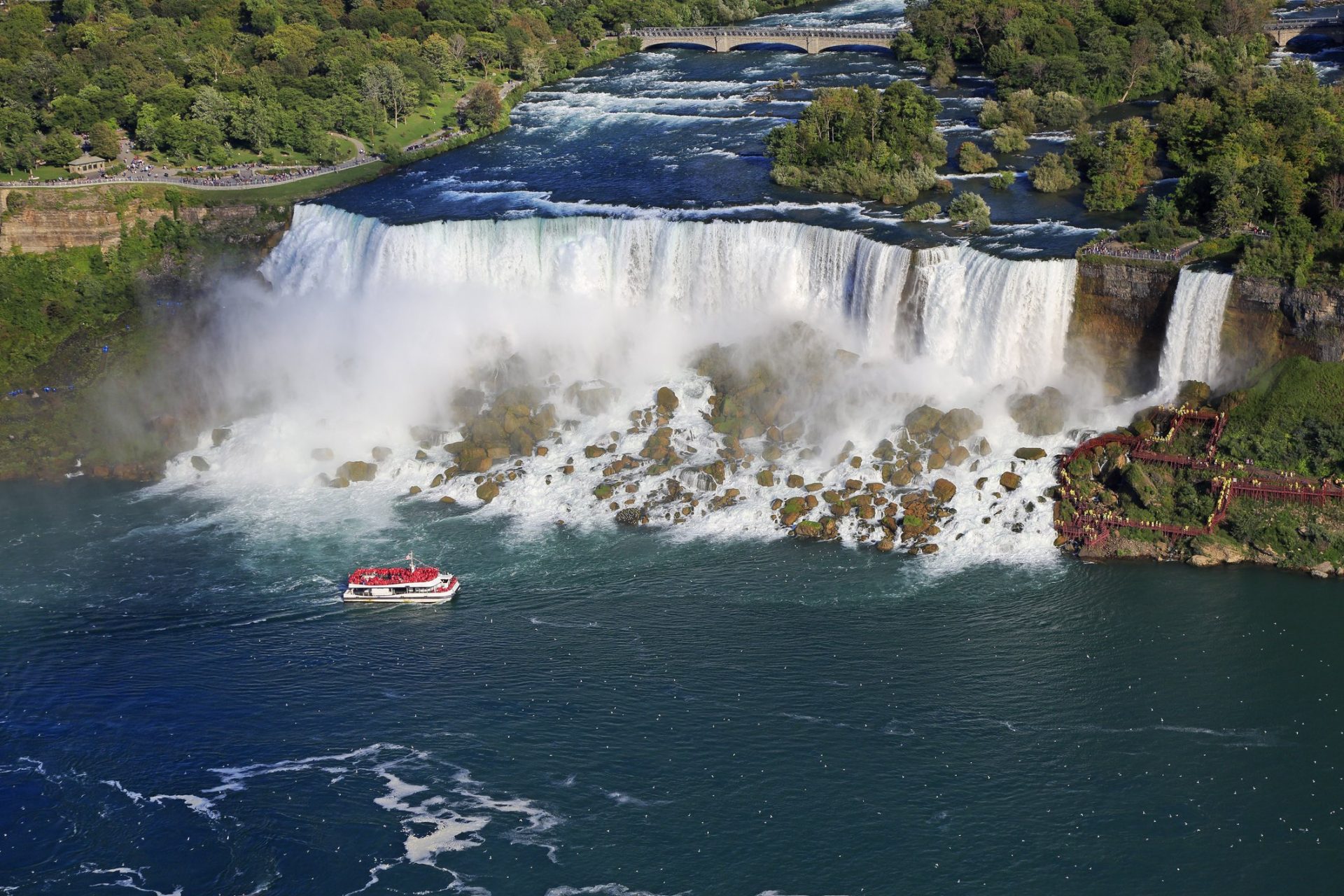
Getting Started
Completing The Task
A mere three days later on June 12, the final breach in the cofferdam was plugged and for the first time in thousands of years, the American Falls’ flow ran completely dry. Locals were worried that it would affect tourism and hence the local economy.
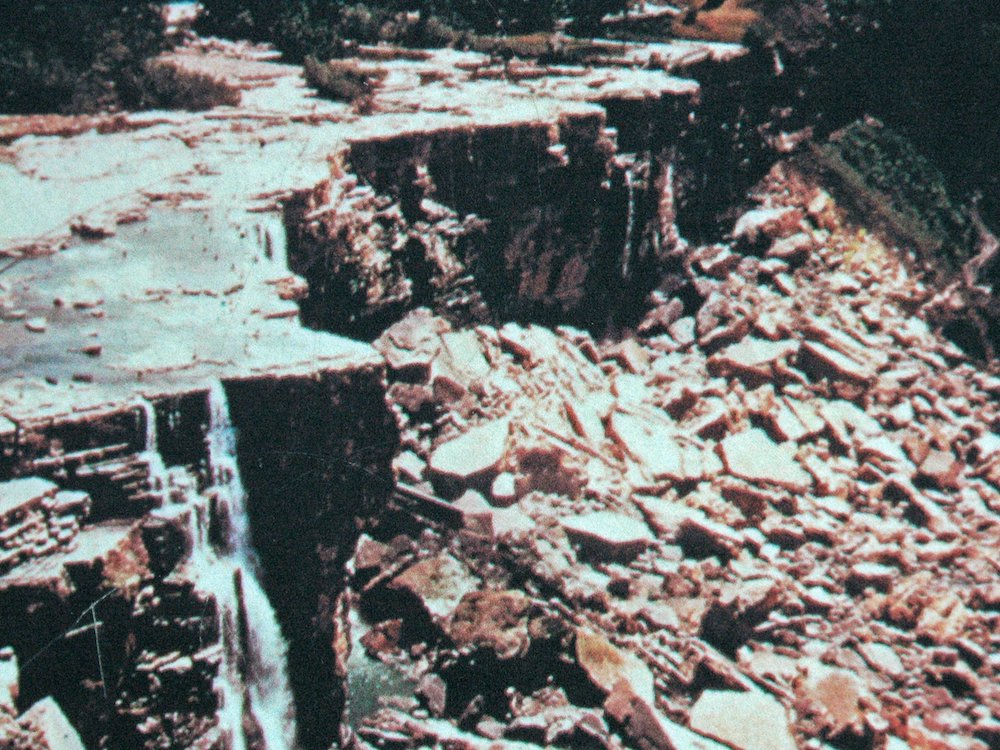
Completing The Task
Attracting The Crowds
The number of visitors declined after dewatering the Falls, but it didn’t stop visitors altogether. There were still some that welcomed the opportunity to be part of history by witnessing the cataract dry. But no one was prepared for what they’d find after draining the water.
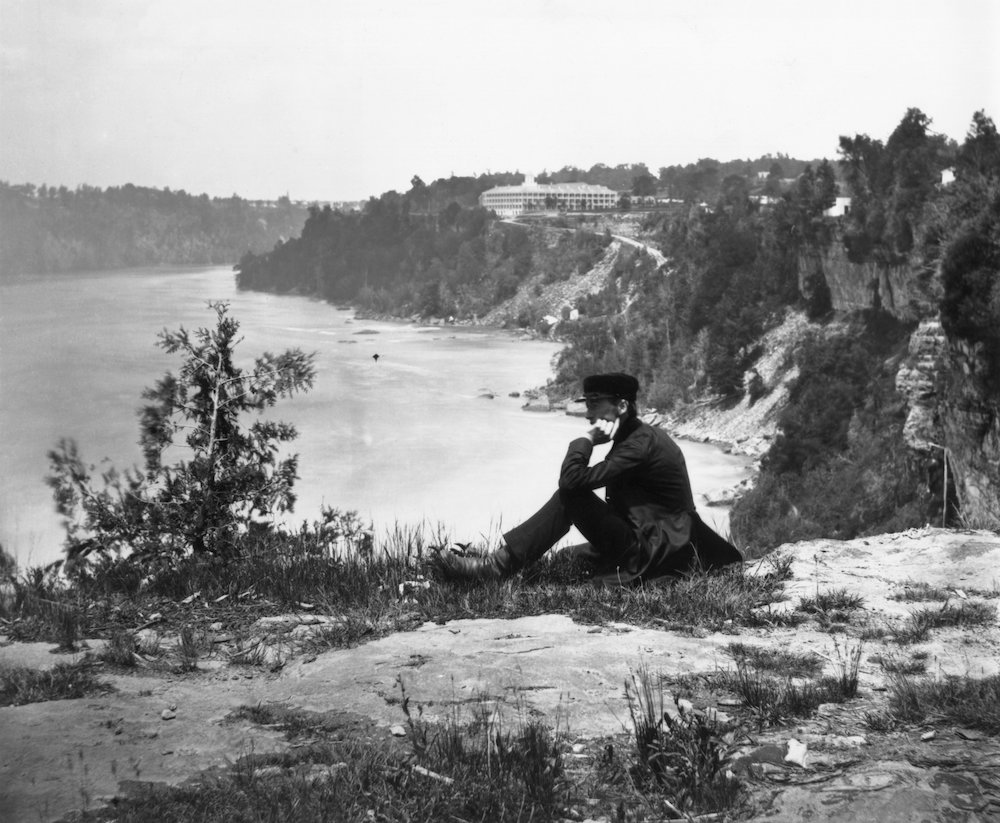
Attracting The Crowds
Delighted Tourists
The tourists that did come to view this spectacle were delighted to find that the riverbed was covered with coins from years ago. Some of them even stepped onto the riverbed and scooped up some coins to keep as valuable souvenirs.
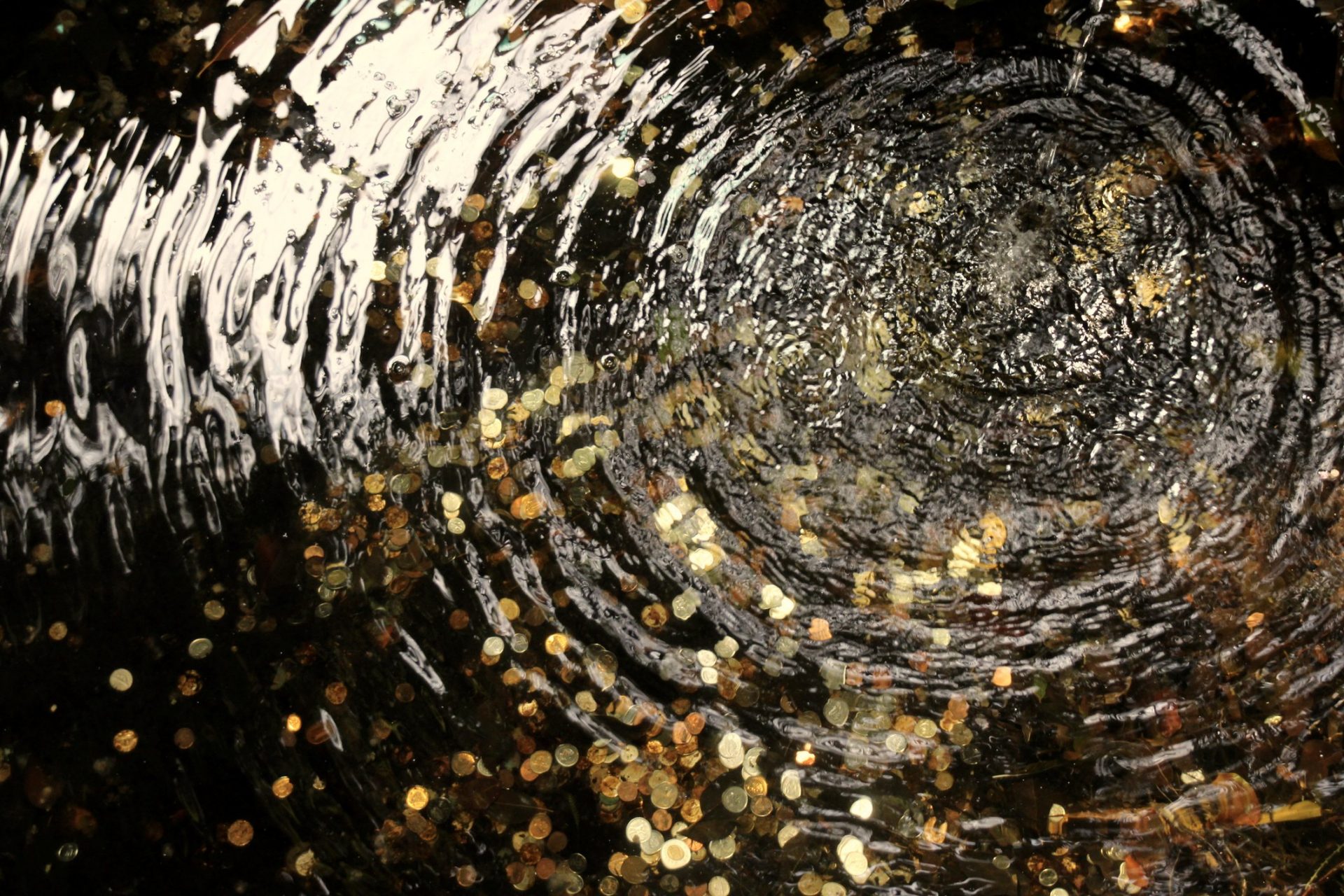
Delighted Tourists
A Shocking Discovery
Unfortunately, coins weren’t the only things found on the dry riverbed. Something that would have remained hidden had they not completed the task was discovered and it shook everyone. They found human remains of someone who’s met their fate in the powerful waters.
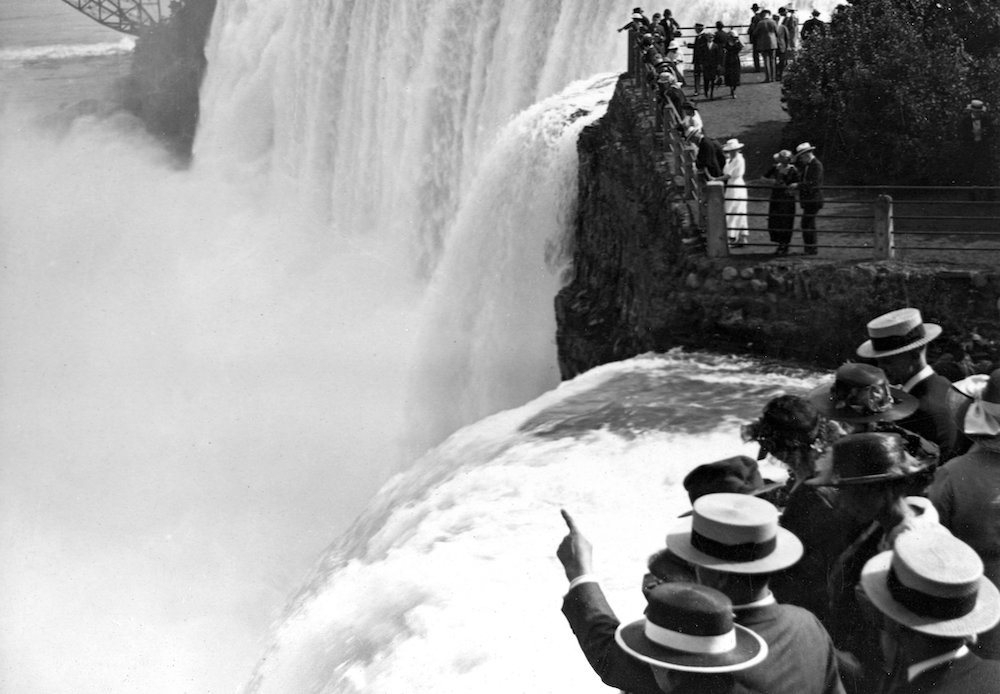
A Shocking Discovery
A Witness Account
Reports state that the deceased man had taken his own life by jumping off the American Falls the day before the water dried up. Onlookers witnessed it and thought he may have been one of the workers involved with building the cofferdam.
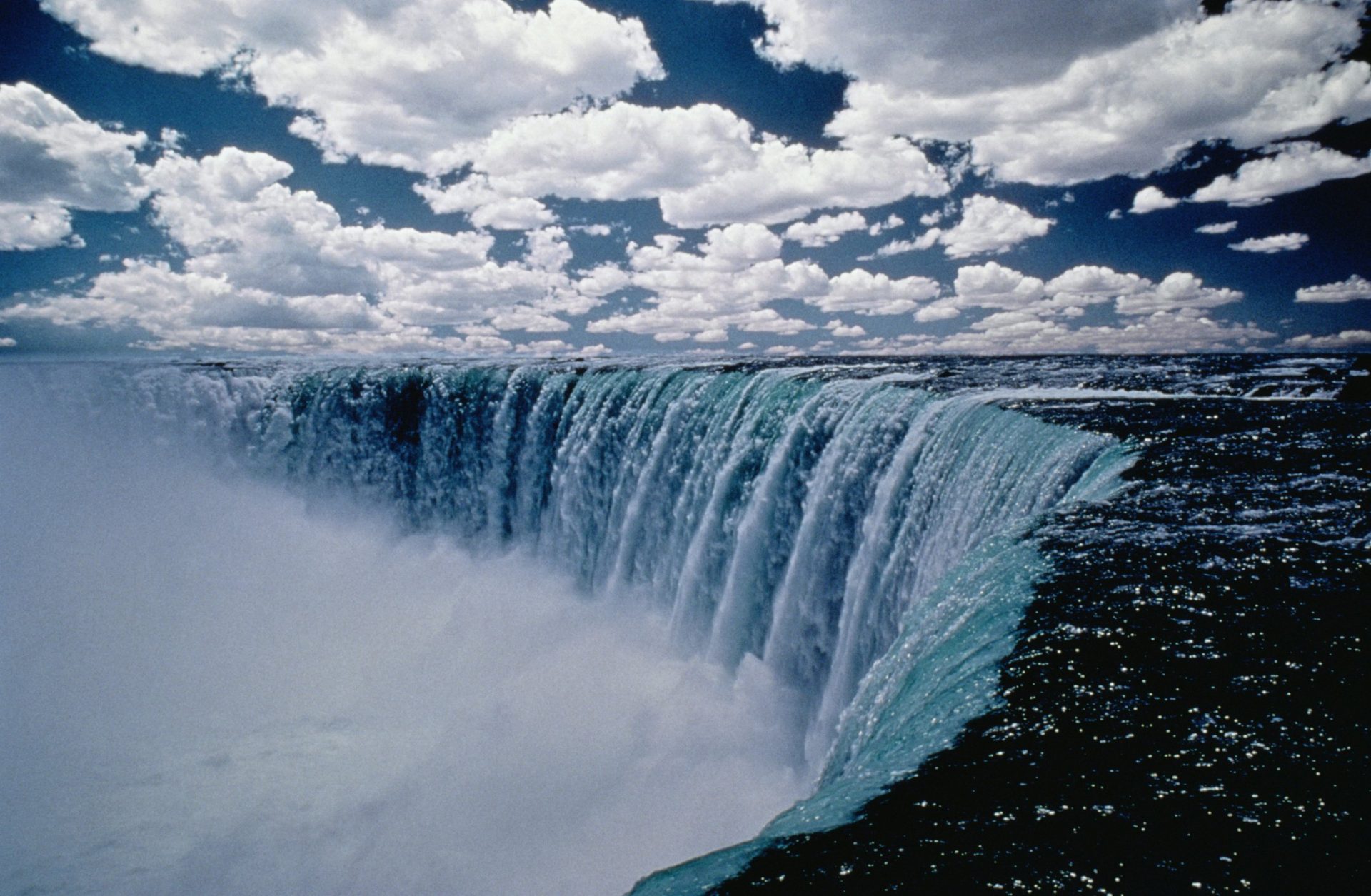
A Witness Account
Recovering The Bodies
Authorities were able to recover his body easily now that the water had dried up. His identity was never recorded so no one knew his name. Whilst investigating, the authorities made another gruesome discovery. This time it was the remains of a woman.
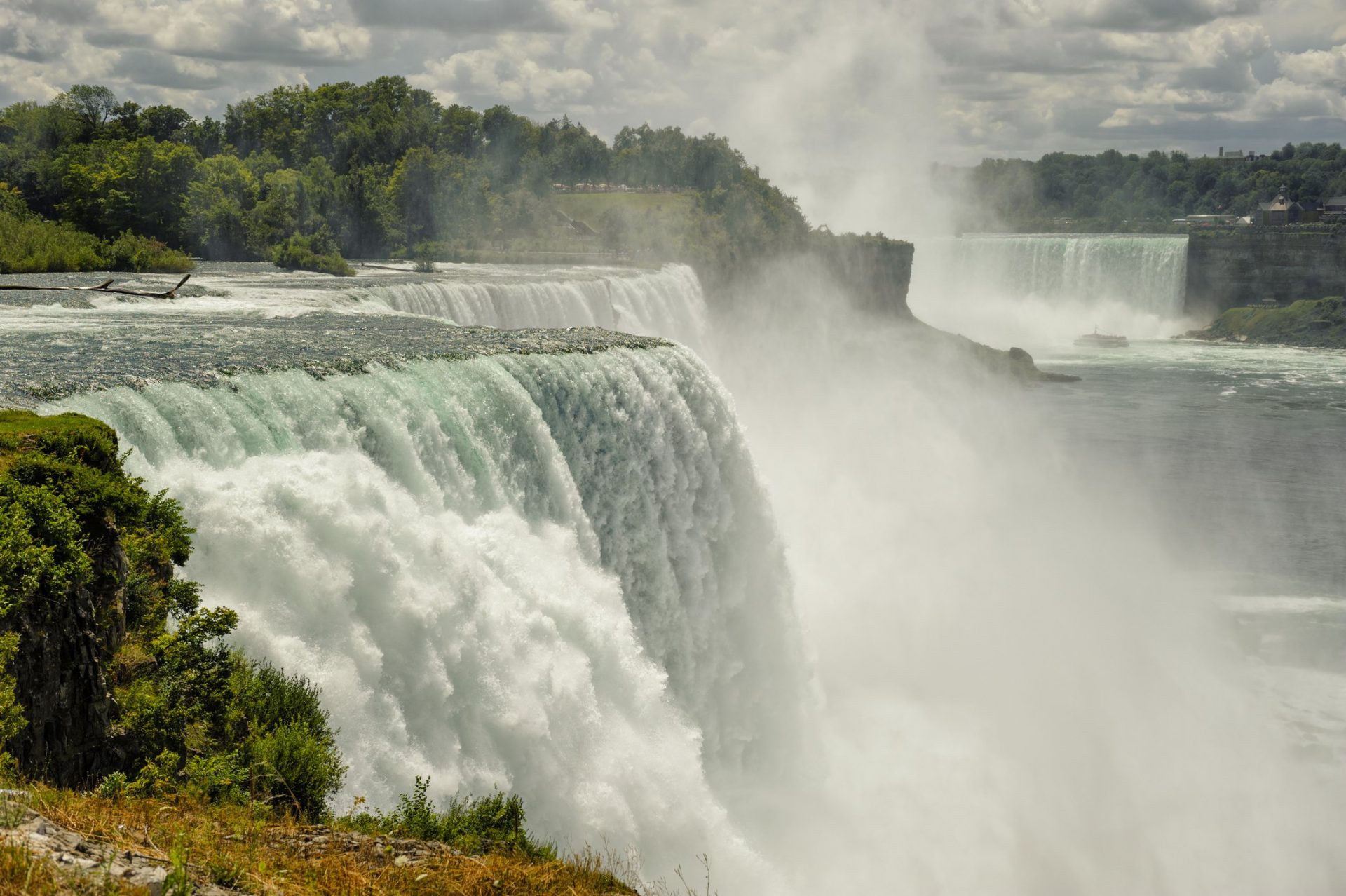
Recovering The Bodies
What Happened To Her?
The authorities weren’t able to identify who she was as her body was too decomposed. This meant that she’d been there for quite a long time. All they knew was that she was married as she was wearing a wedding band with the inscription “Forget me not.”
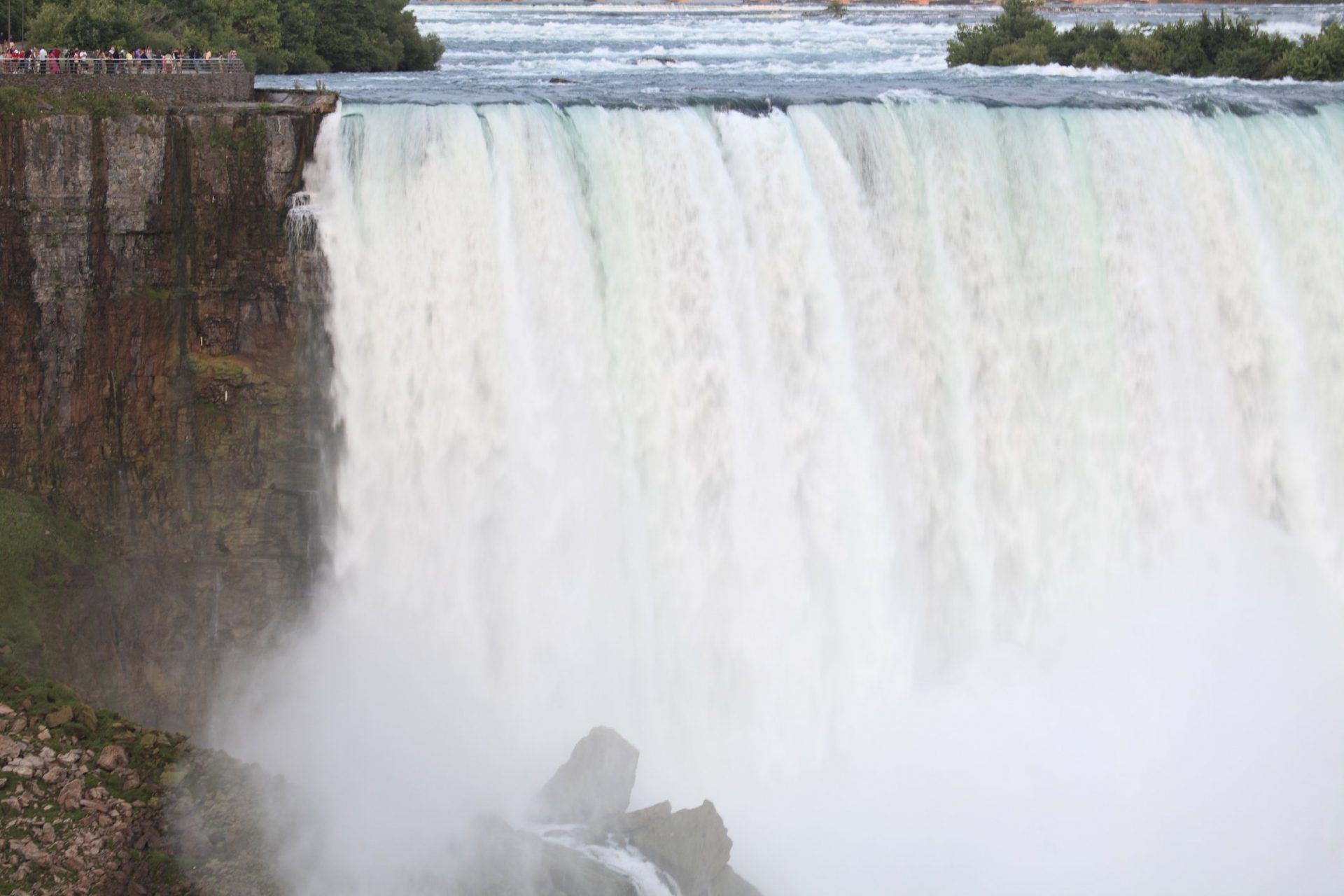
What Happened To Her?
Not The Only Bodies
These may have been the only bodies that were recovered but sadly they’re not the only ones to have lost their lives here. In fact, the authorities were surprised that they didn’t find more bodies on the dry riverbed. Maybe they’d been washed down the river.

Not The Only Bodies
Accident Or Not?
It’s been reported that there are approximately 40 deaths at Niagara Falls every year. Most are accidents but not all. Plus, you also get some daredevils that take the plunge in an attempt to perform a stunt. But not all have succeeded in pulling it off.

Accident Or Not?
Extreme Adventurers
Annie Edson Taylor, a 63-year-old teacher was among these brave adventurers. In 1901 she climbed into a wooden barrel, took the plunge, and miraculously survived. In 1984, stuntman Karel Soucek followed in her footsteps and survived the jump off the Falls in a barrel.
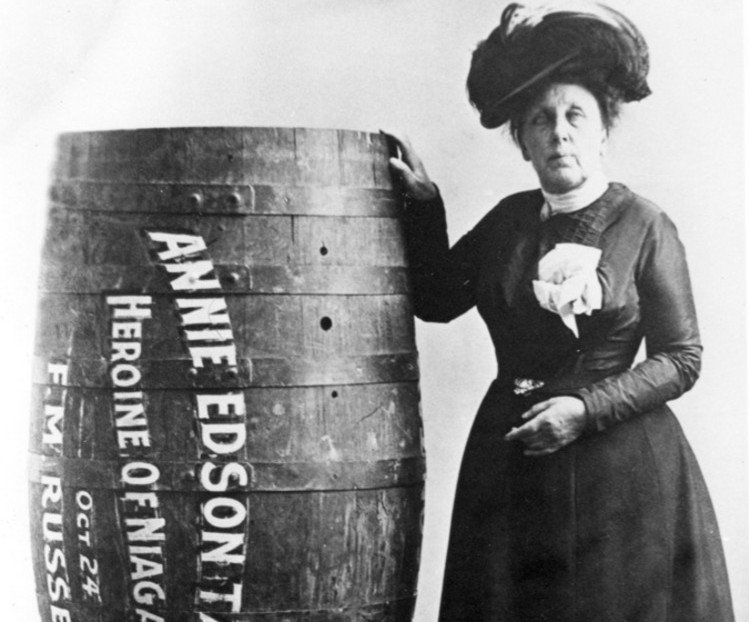
Extreme Adventurers
Work Continued
Although they found those dead bodies, that didn’t mean that the project had to come to a halt. After all, the future of Niagara Falls was at stake. After clearing out the bodies, they continued removing loose rocks on the face of the cataract.
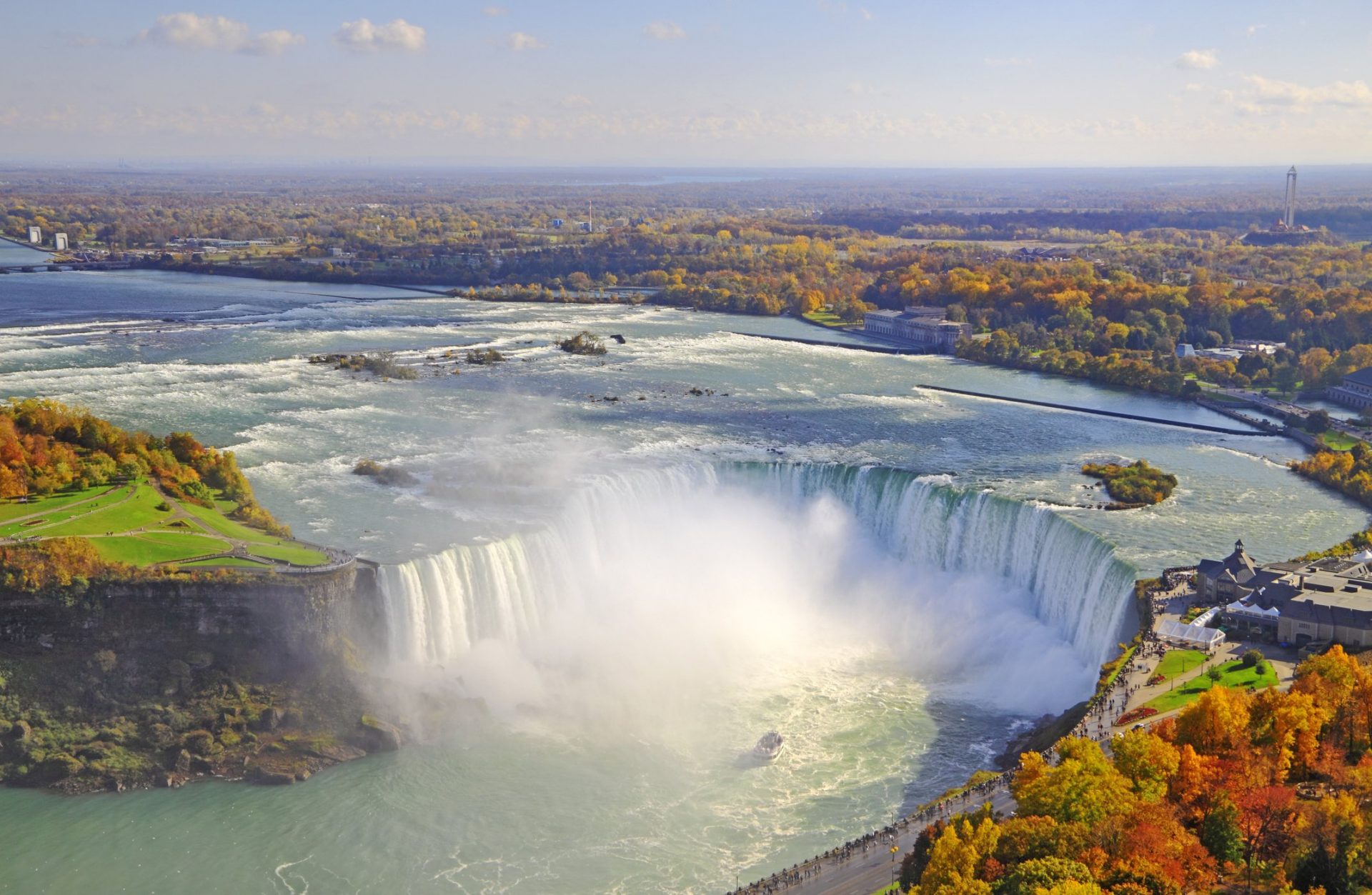
Work Continued
Much Needed Moisture
While some workers removed the loose rocks, engineers got to work installing a sprinkler system. Experts believed that part of the problem was the fact that the rock on the face of the waterfall was drying out and this sprinkler system would help with that.
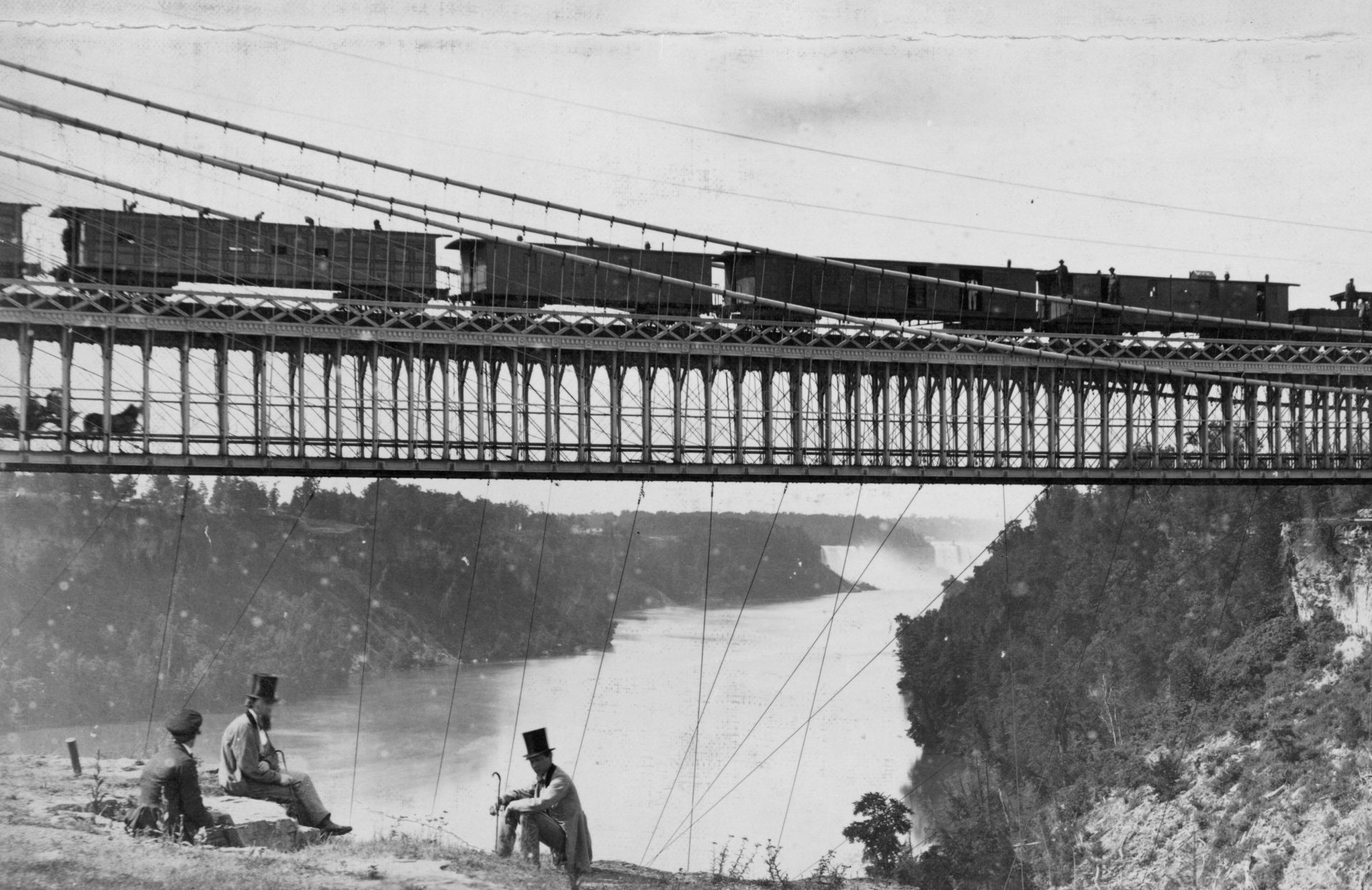
Much Needed Moisture
Performing Necessary Tests
They took this opportunity to measure the rock’s absorbency levels, to chart every contour of the rock’s surface, and to carry out many geological surveys during this time. They also built a walkway for visitors and finally reopened to the public on August 1, 1969.
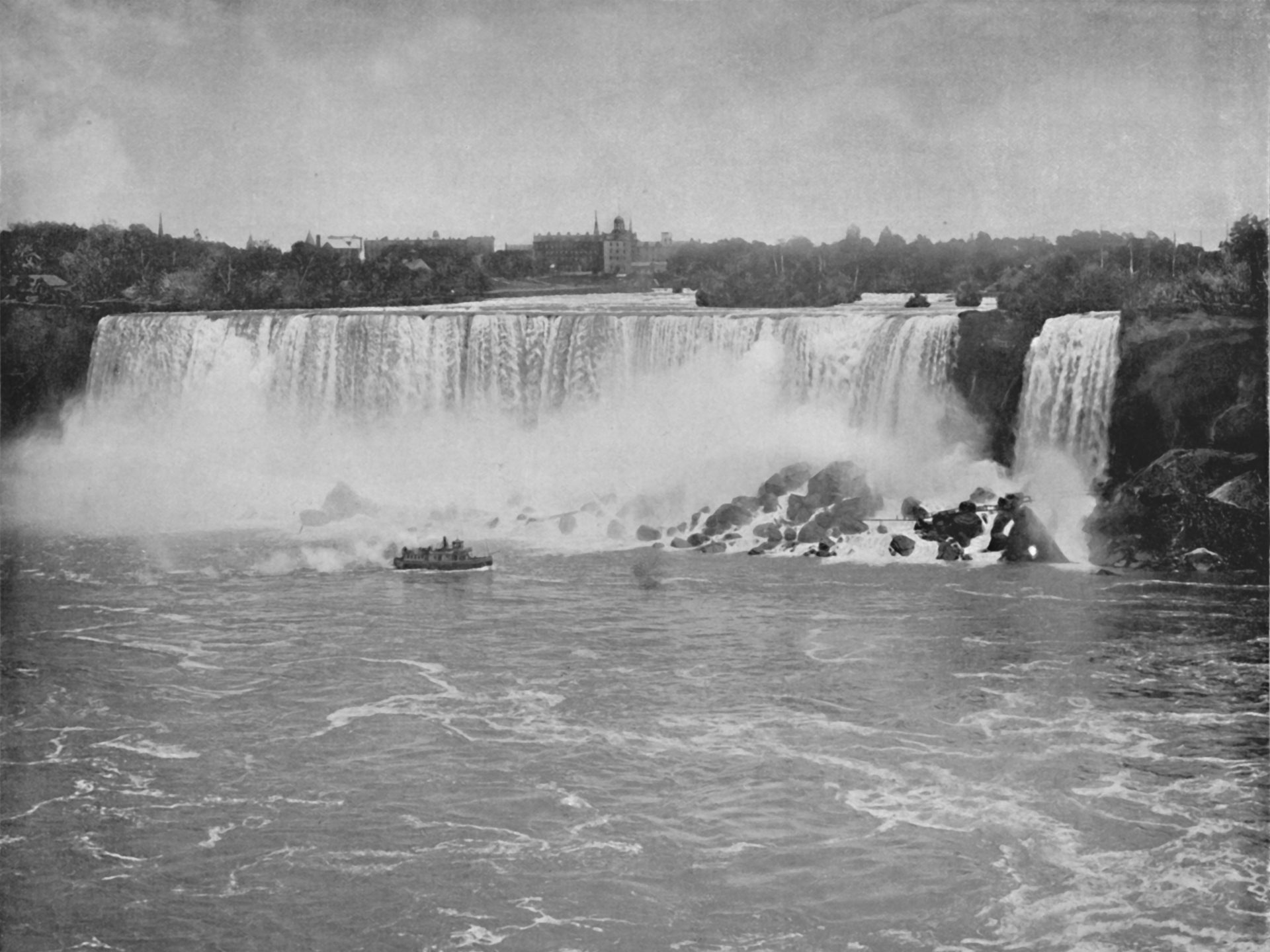
Performing Necessary Tests
More Studies Done
Even though Niagara Falls was open to the public researchers continued to do tests. They studied the deposit of loose rocks called talus at the foot of the falls. To do this they had to drill holes into the rock to get more information about it.
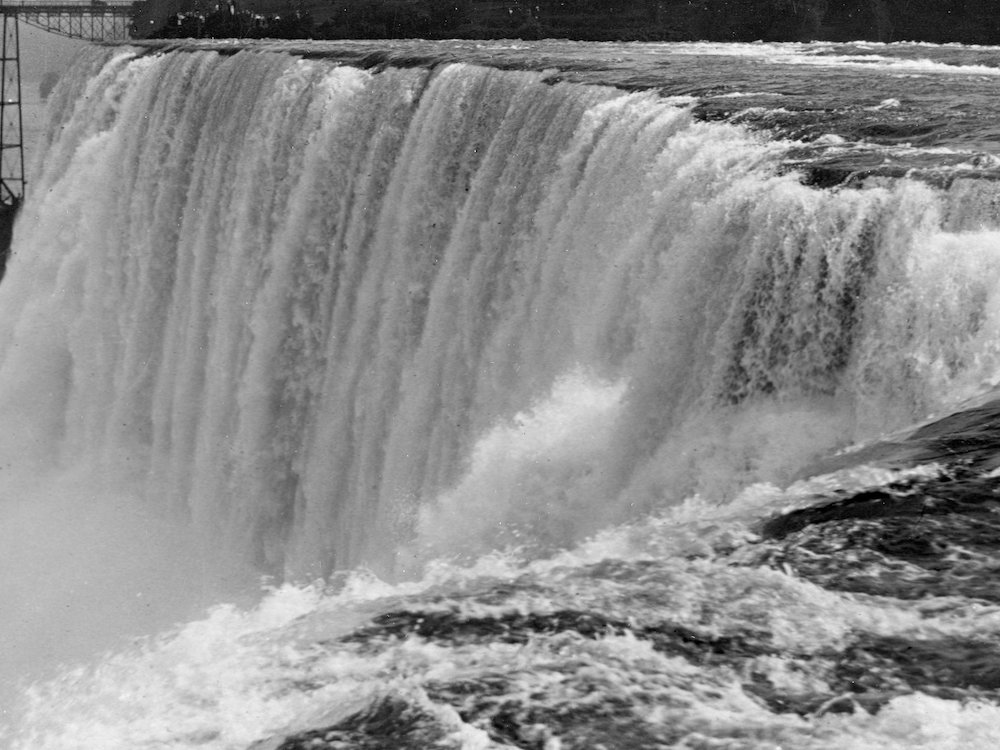
More Studies Done
Finishing The Job
It took six months for the teams to complete the job, but with the use of anchors, cables, and bolts they were able to stabilize the American Falls. The installed sensors that would alert the authorities of a possible landslide. They did an amazing job.
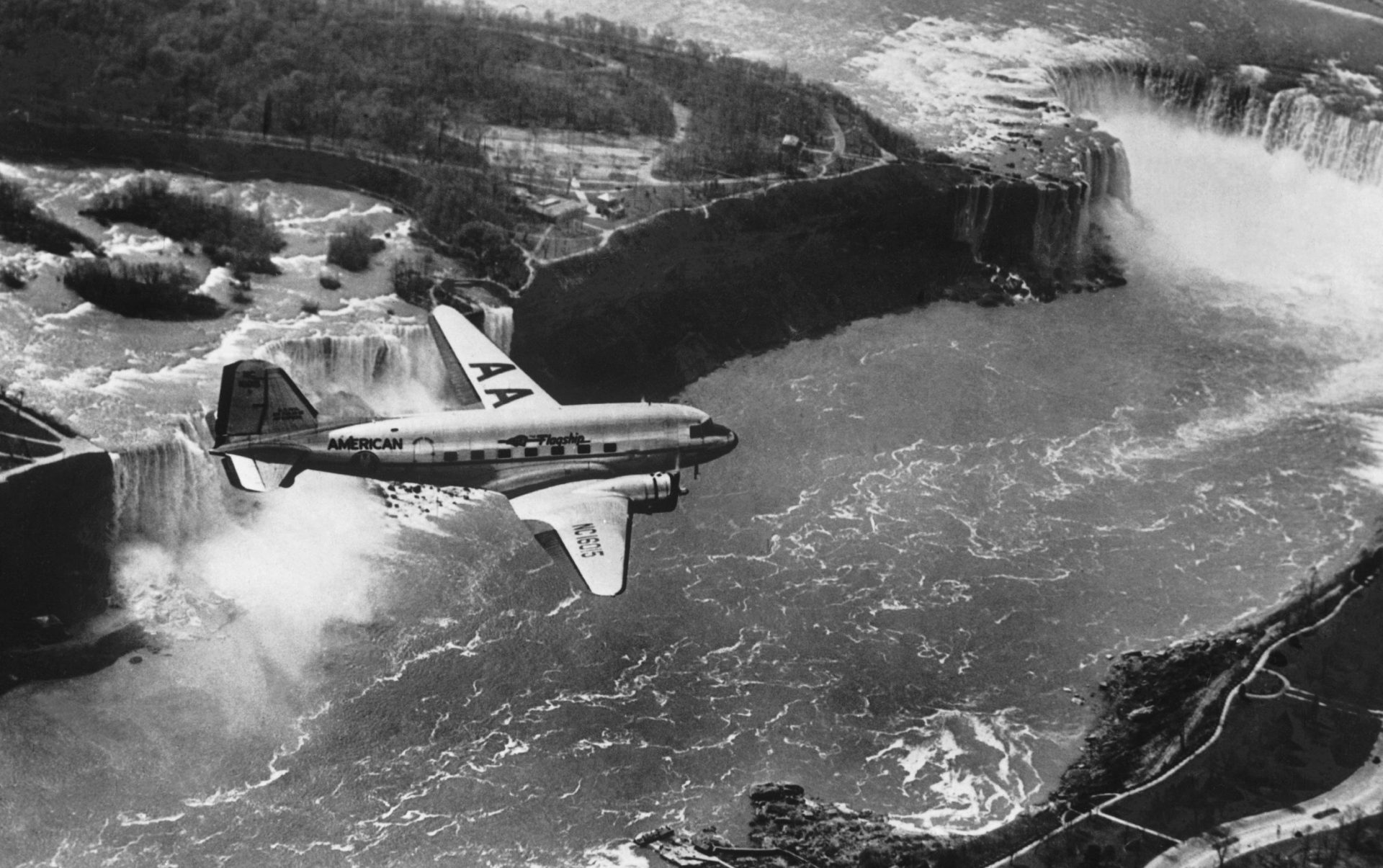
Finishing The Job
A Successful Project
Finally, they managed to complete the project in November 1969. The final step was destroying the cofferdam. They used dynamite to erase any evidence that it was ever built as an effort to conserve the waterfall for many generations to come.
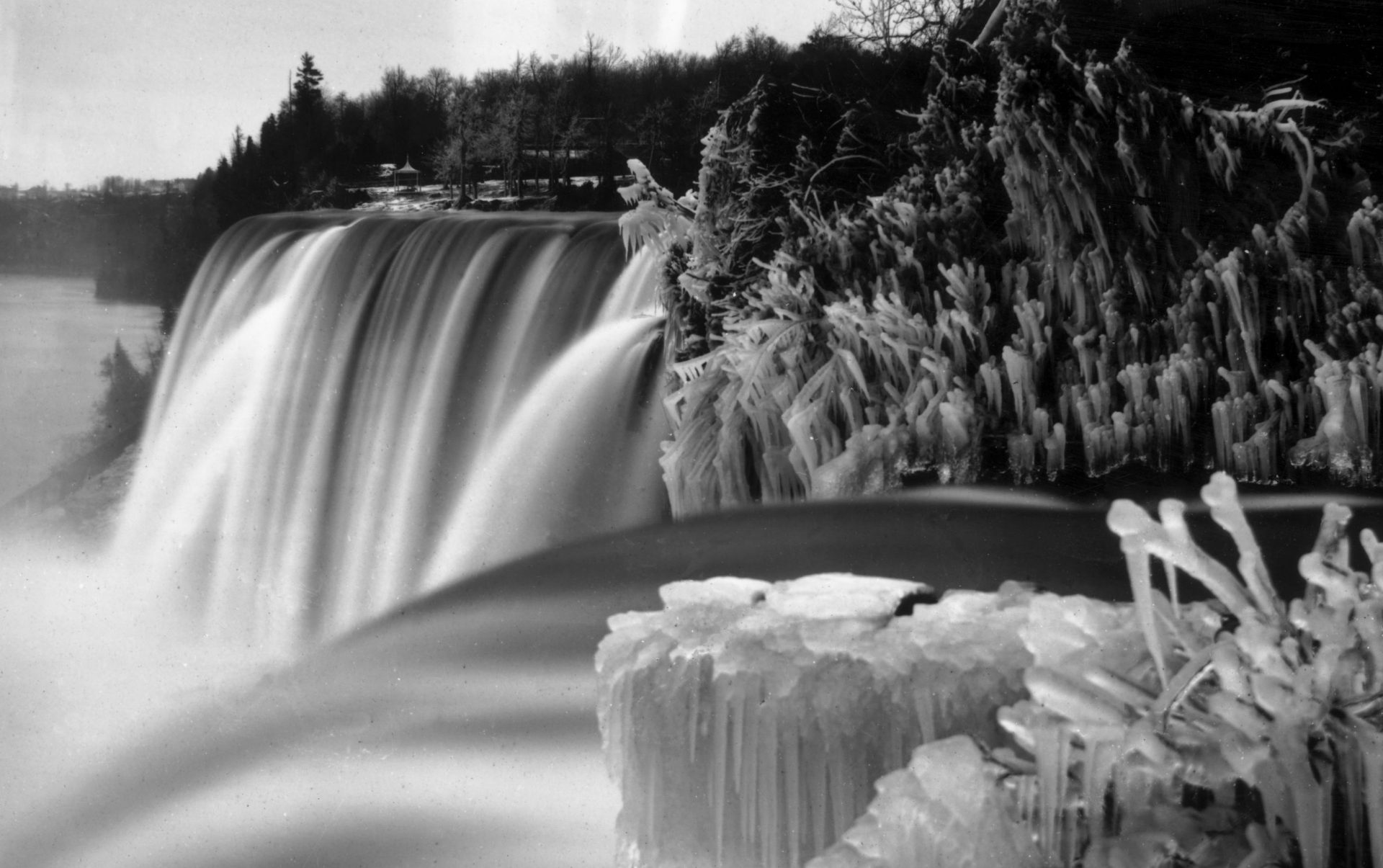
A Successful Project
Dependent On The Waterfall
Businesses in the 1800s had become dependent on the power that the waterfall provided. By the 20th century, much of the water was being redirected to various factories and plants. But then the debate arose about how to maintain a balance between conservation and industry.
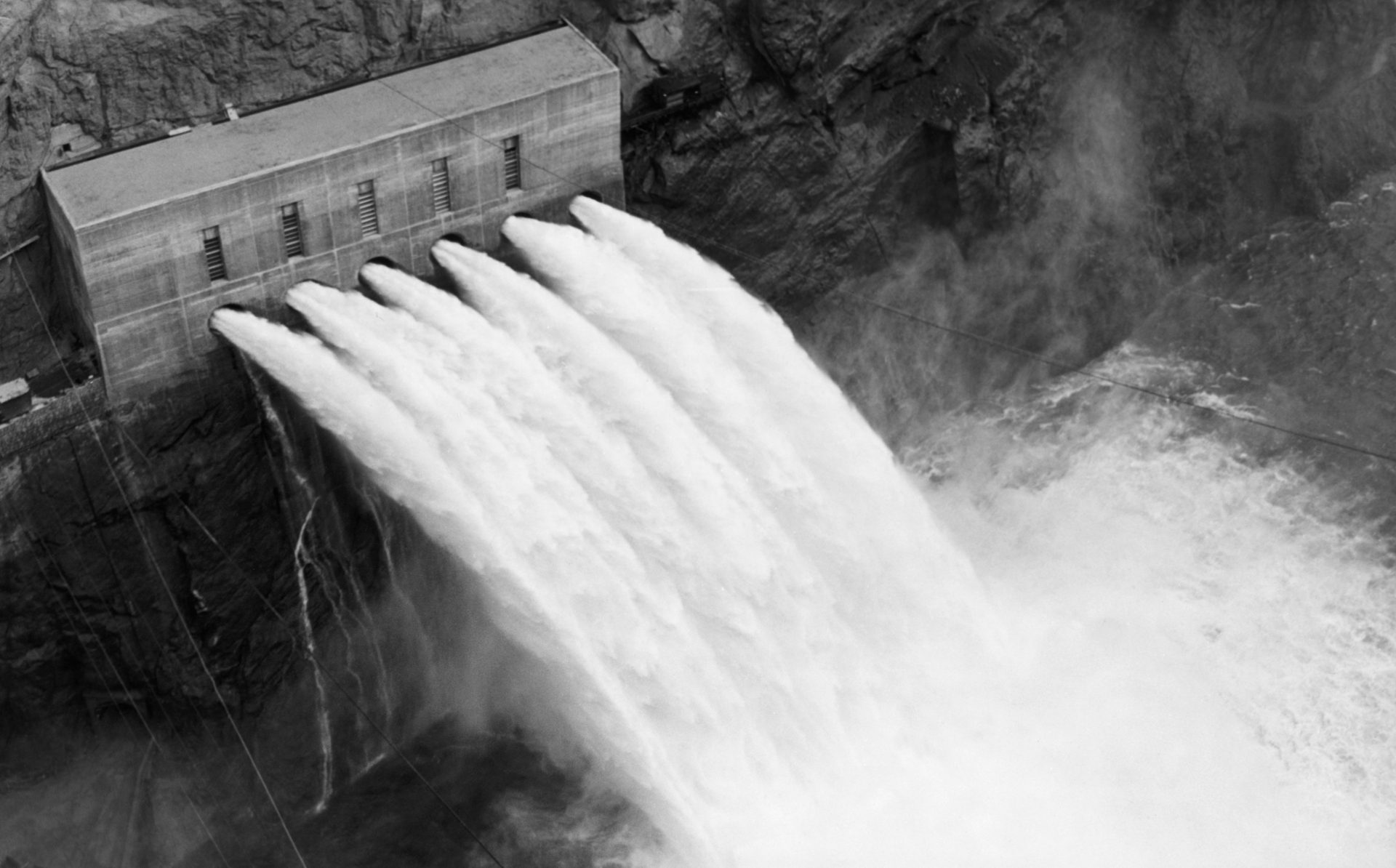
Dependent On The Waterfall
Conserving The Falls
Industrialists believed that they were helping conserve the falls and they believe that the decreased flow of water pouring over the lip would prevent erosion. Then an agreement was reached by Canada and the United States which would assist both the industry and conservation.
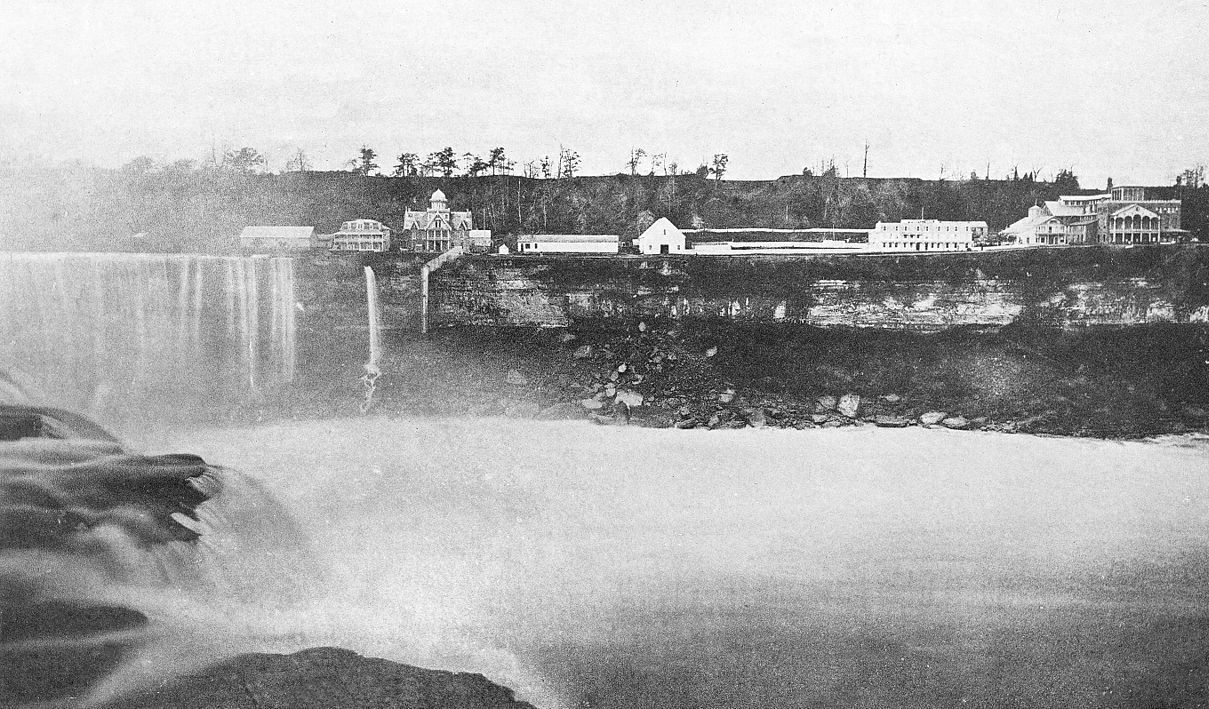
Conserving The Falls
An Innovative Solution
The solution was to divert 75 percent of the water flow meant for the waterfall during the winter and in the evenings when there were fewer visitors. During peak times they would reduce it to 50 percent, a process that is still done to this very day.
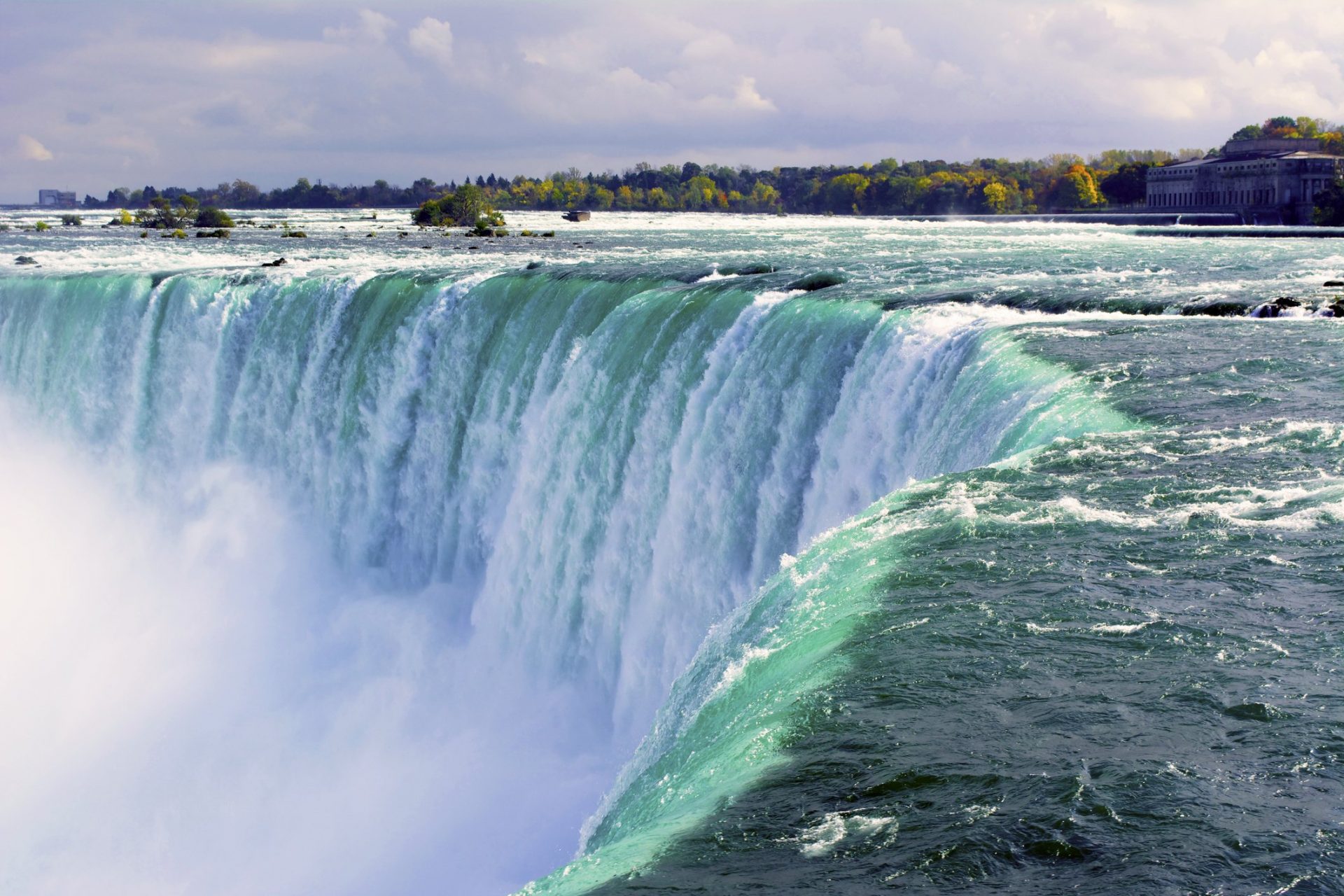
An Innovative Solution
Another Opportunity
People might get another opportunity to witness a dry Niagara Falls. In 2016 it was announced that it would be needed to dry the falls again to replace the old bridges that have deteriorated, so who knows what other secrets its dry river bed will reveal if and when this takes place?
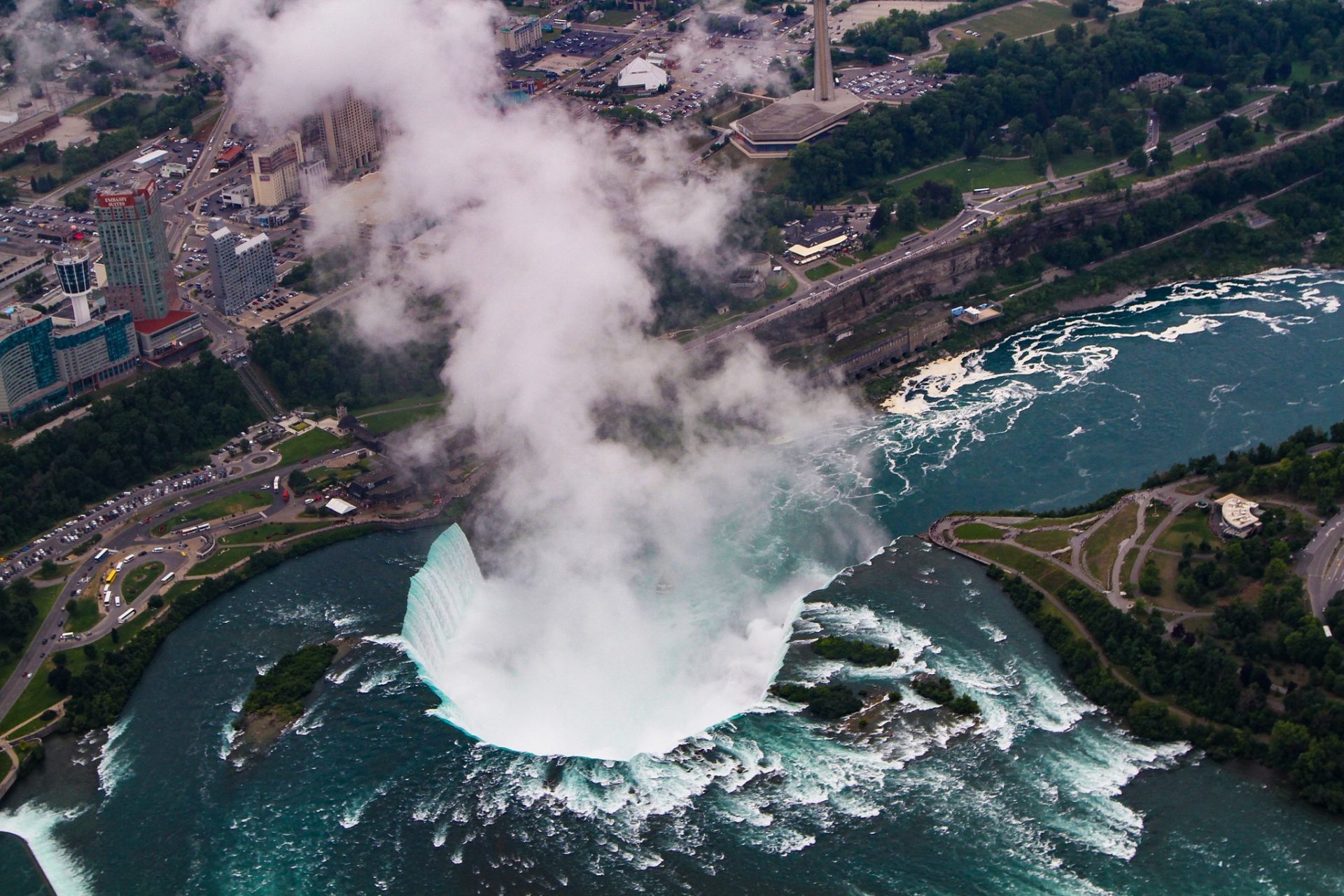
Another Opportunity







